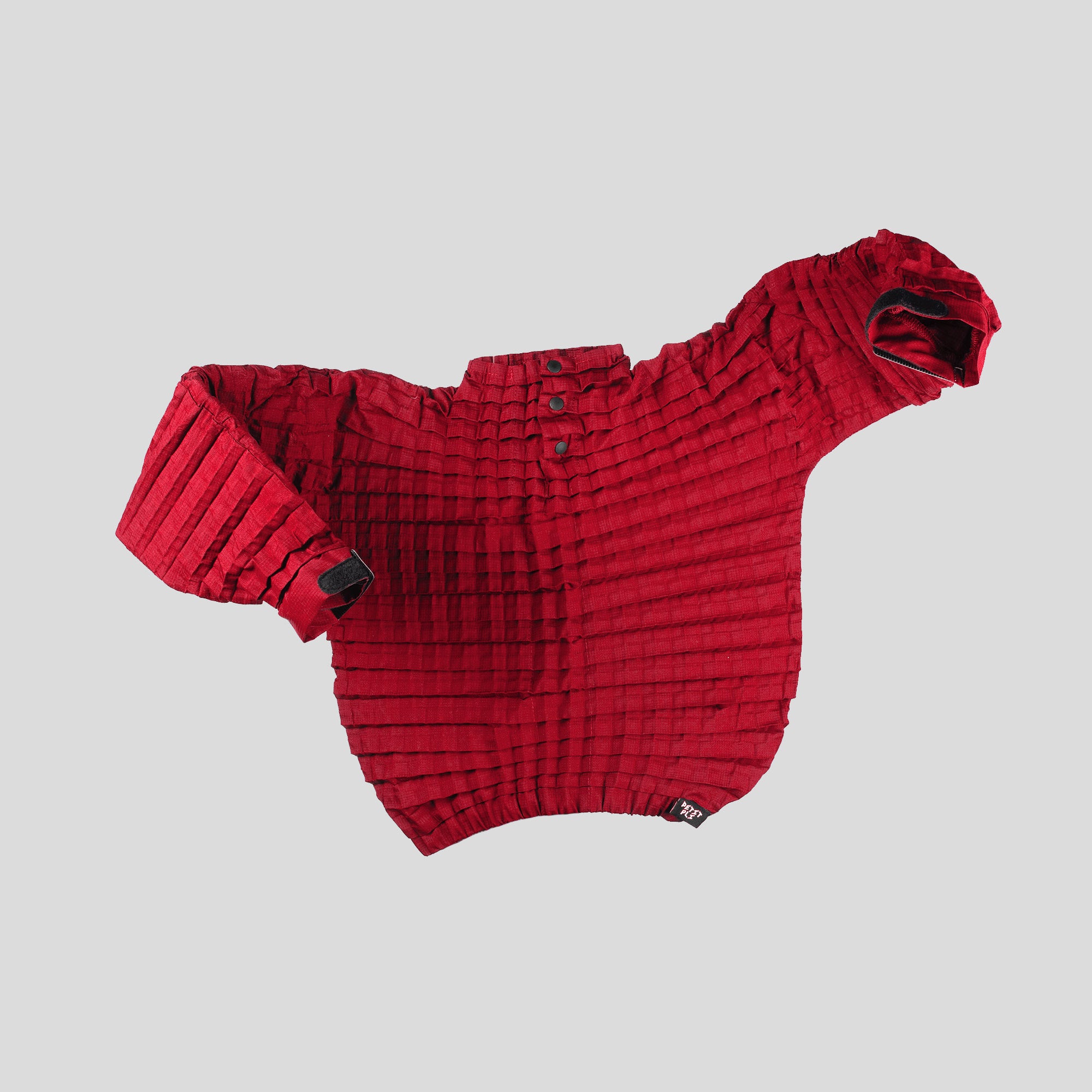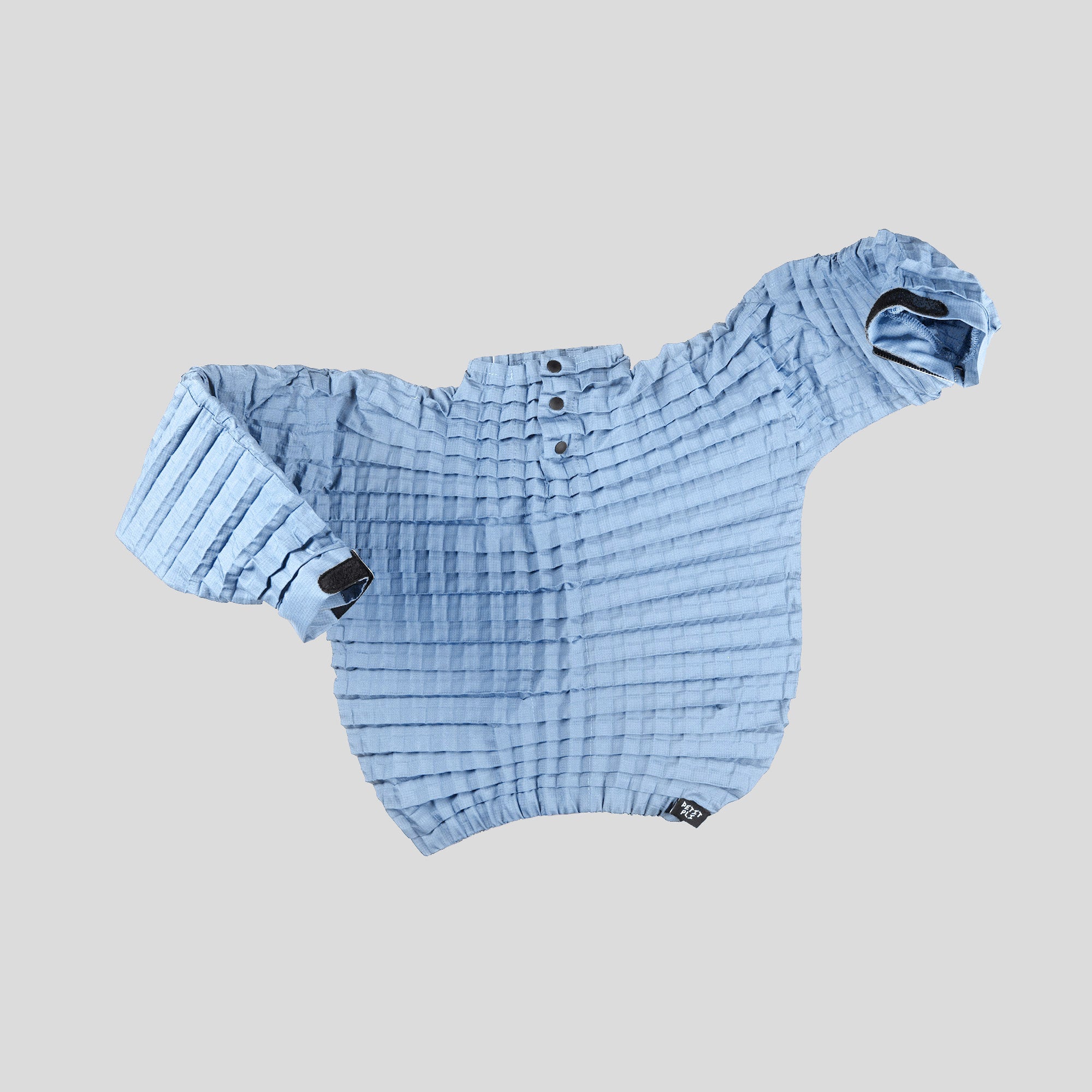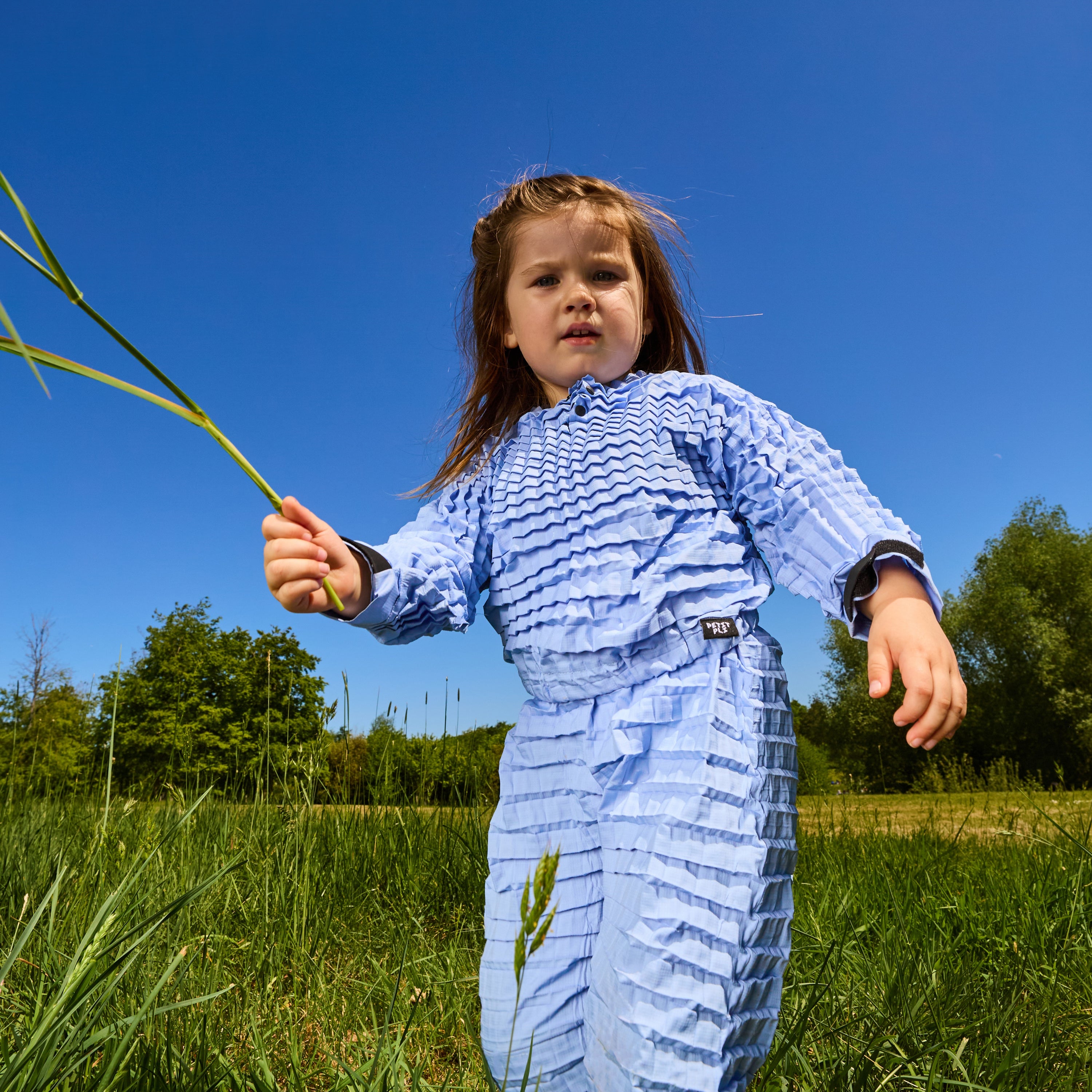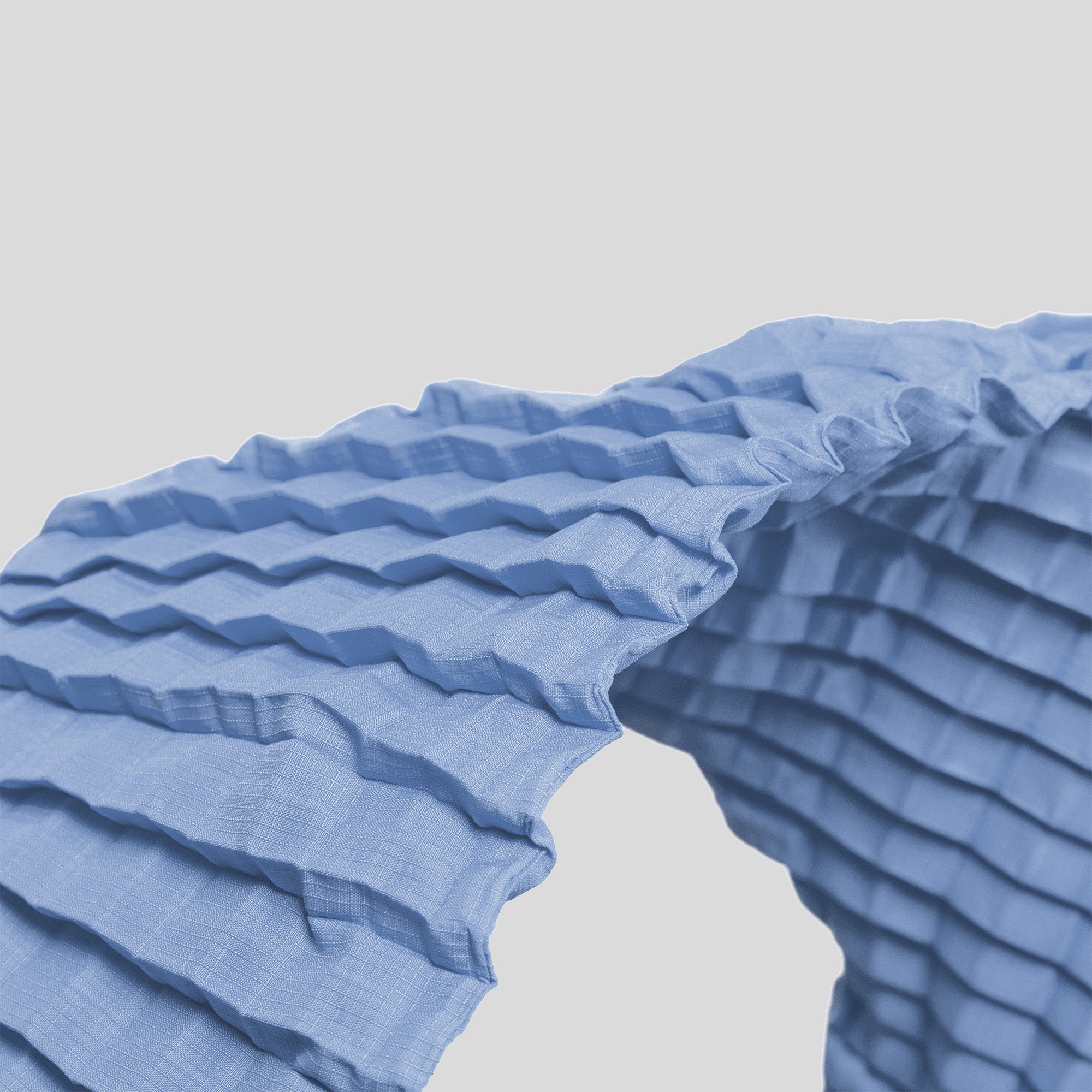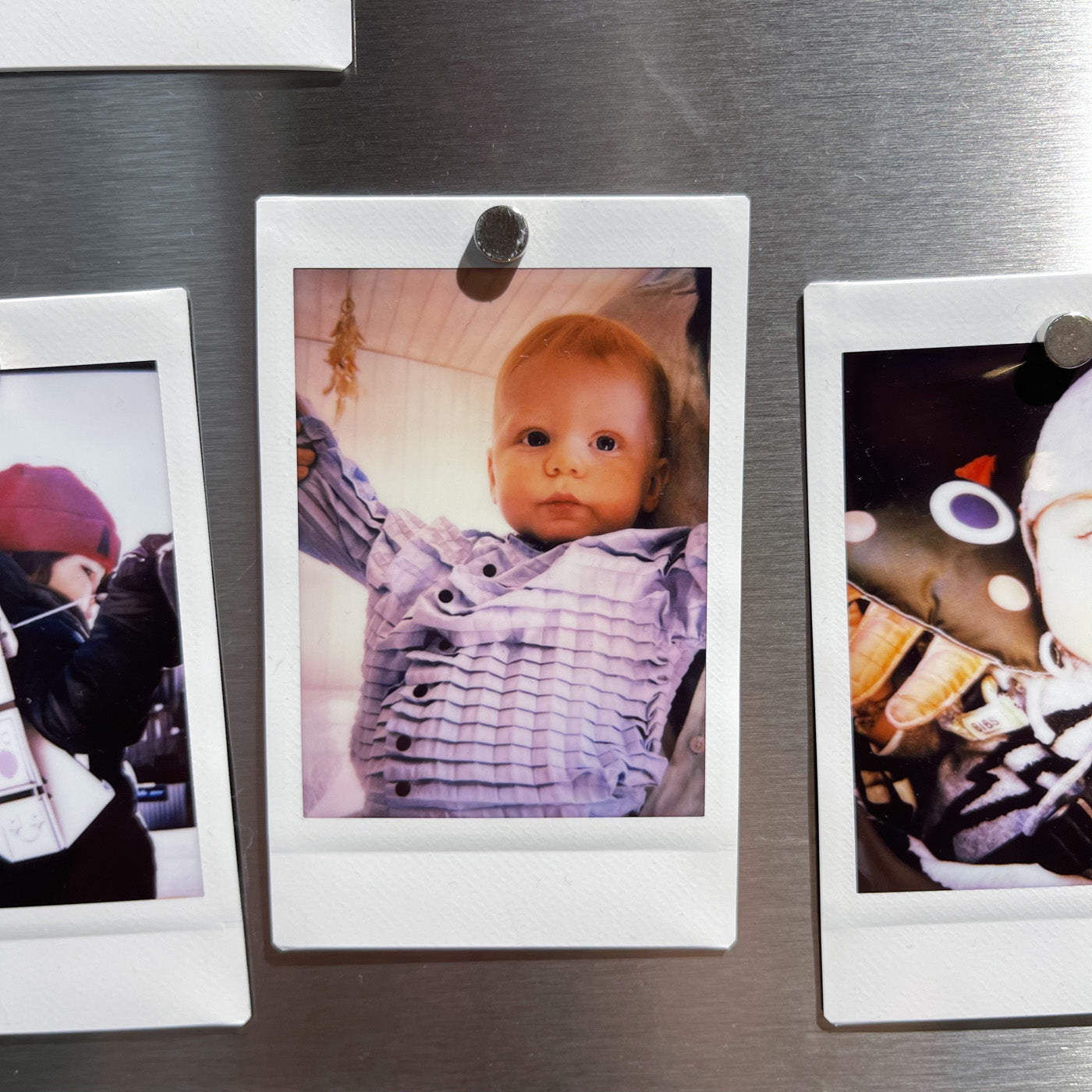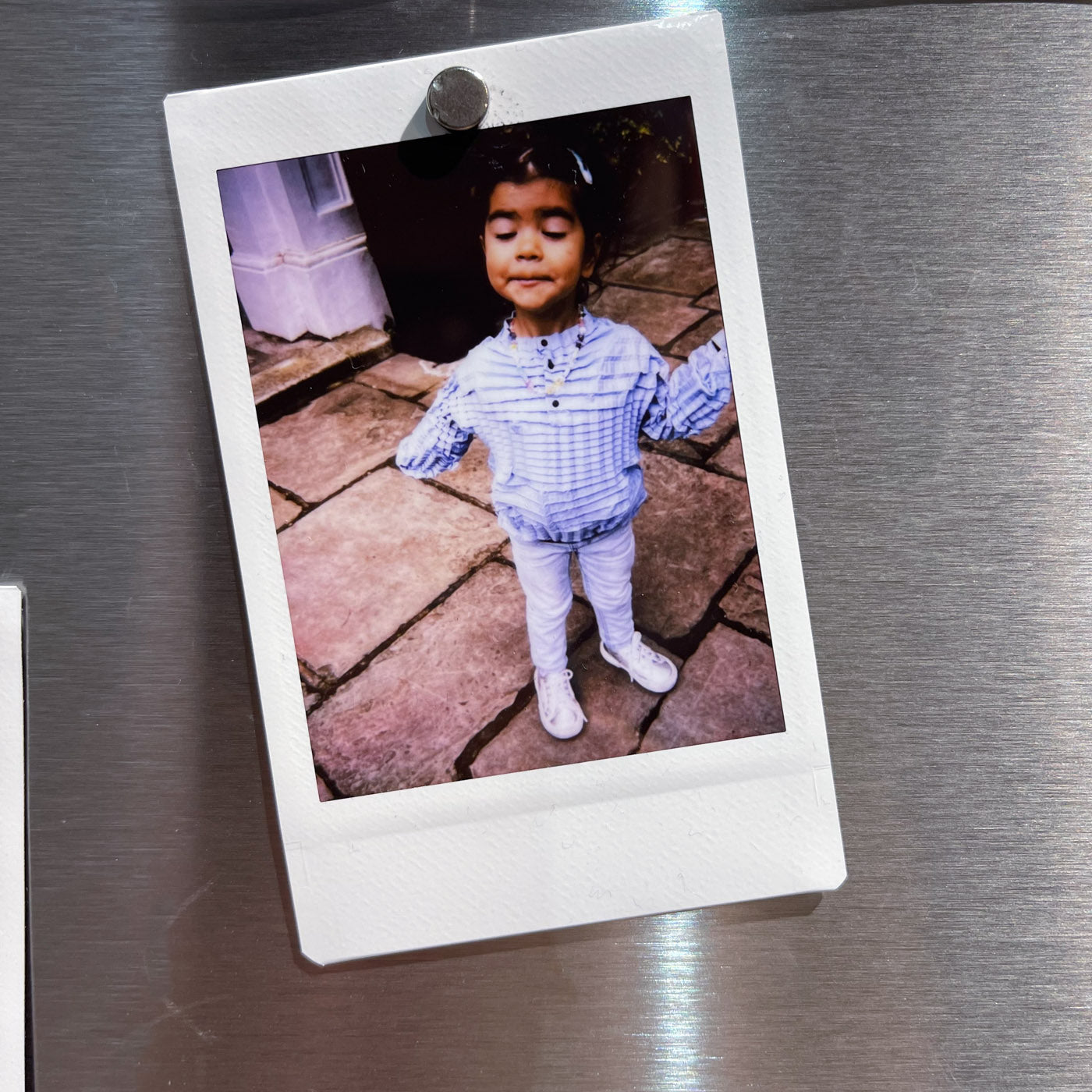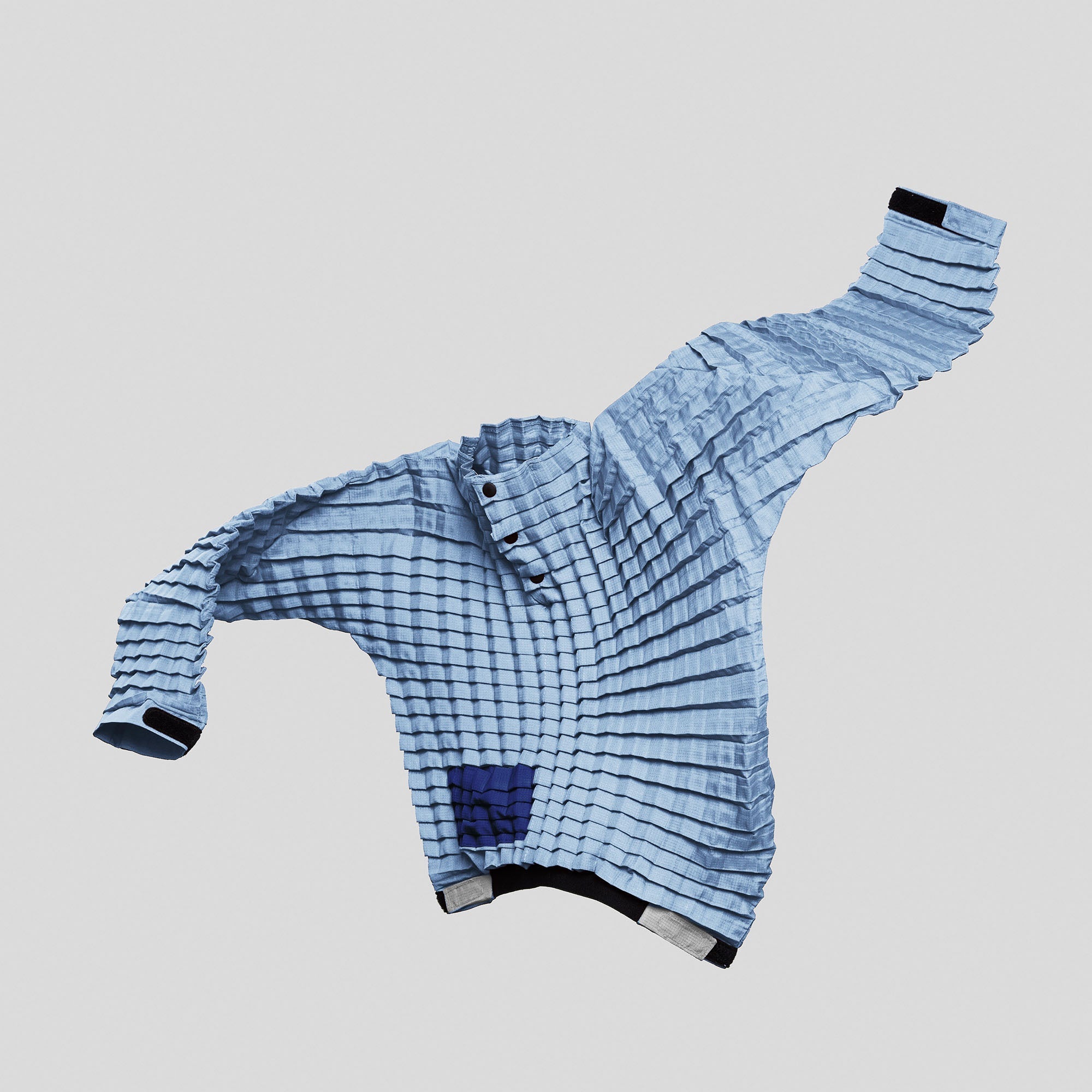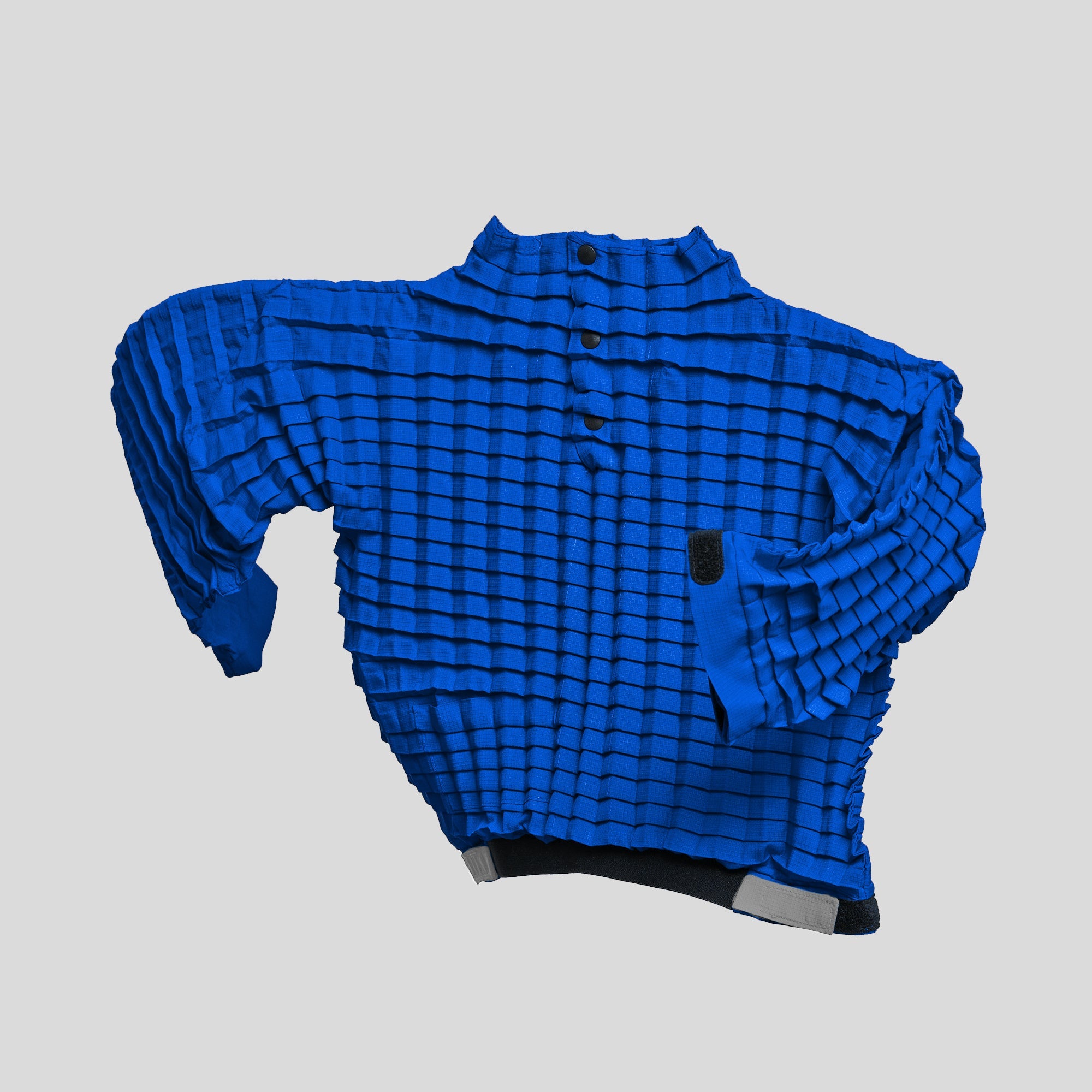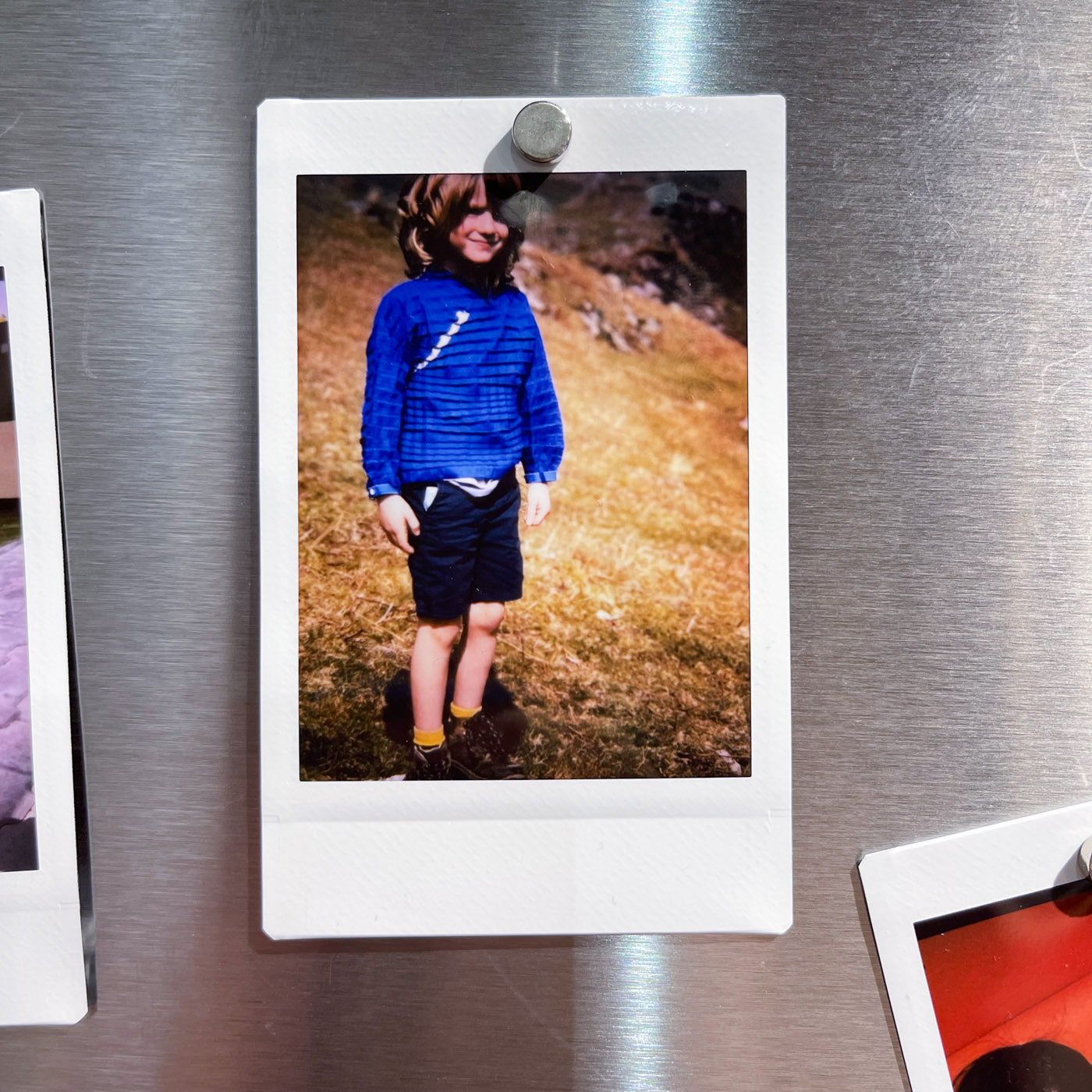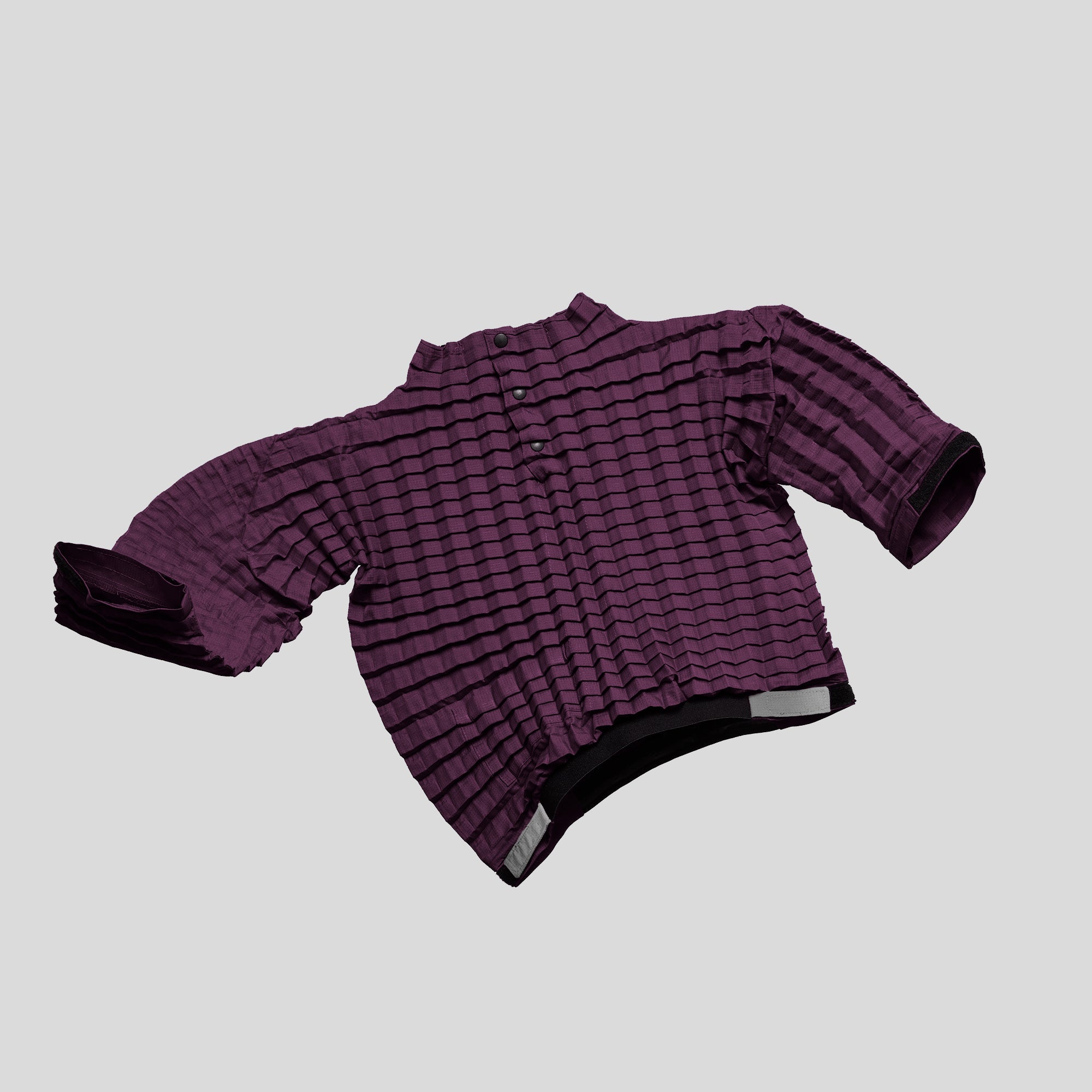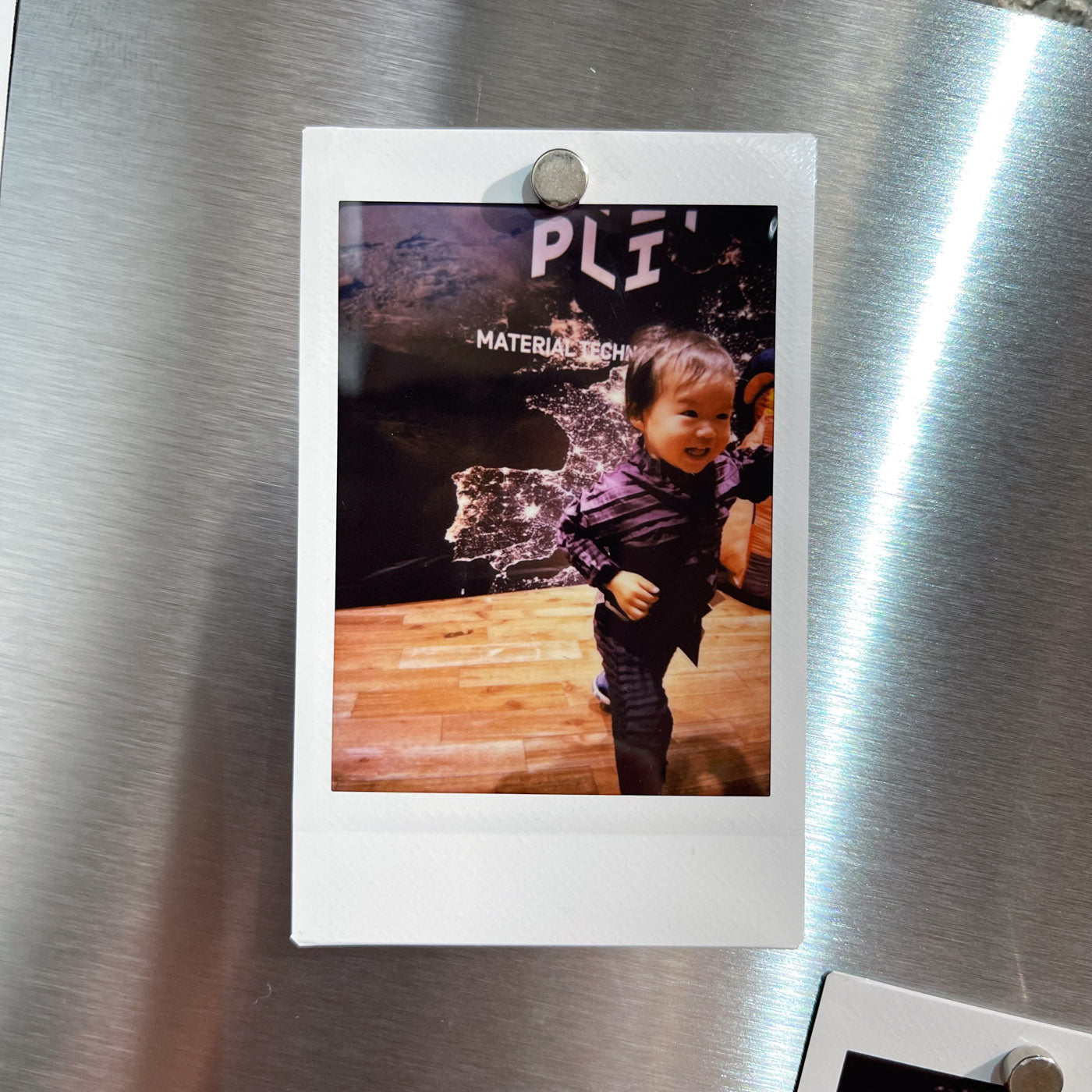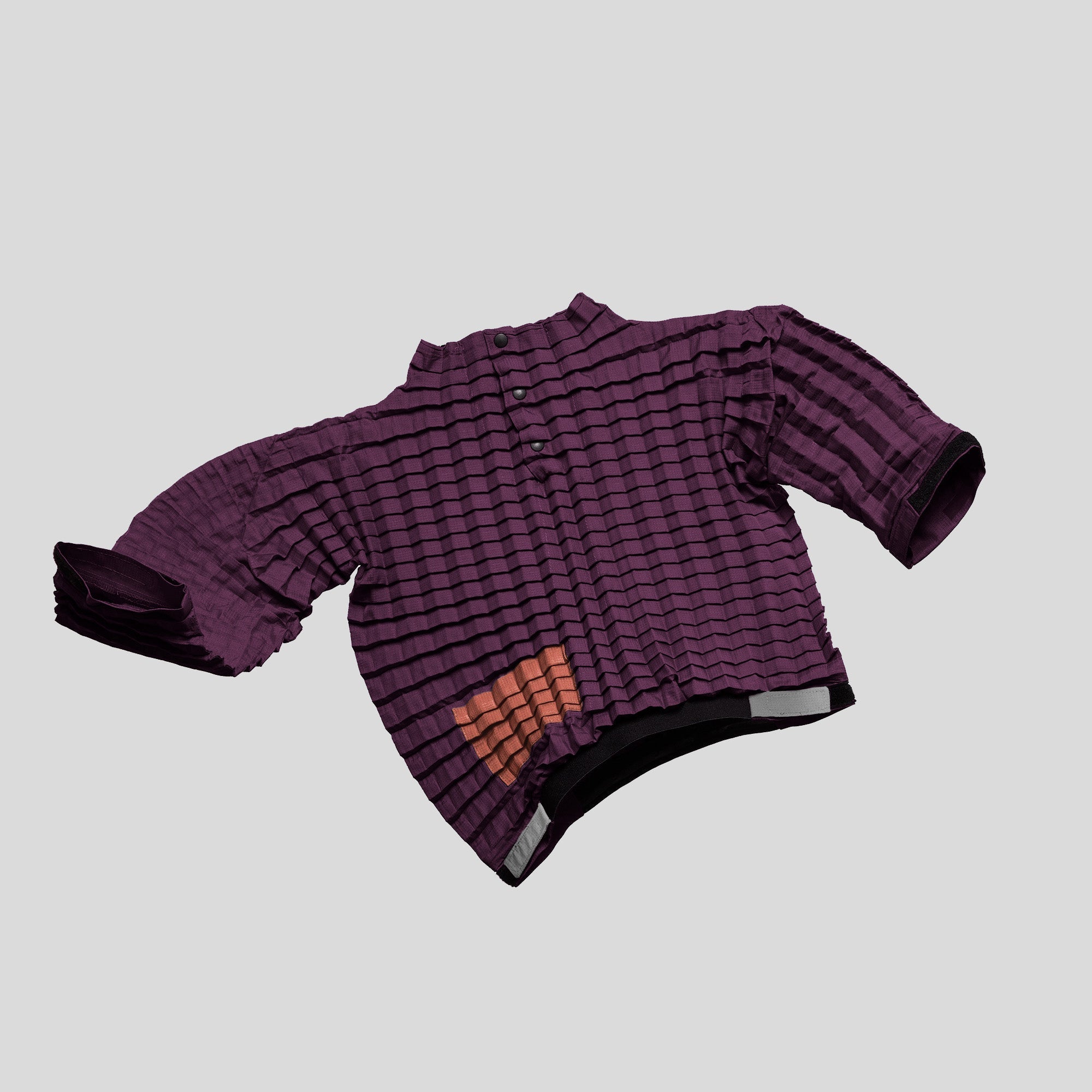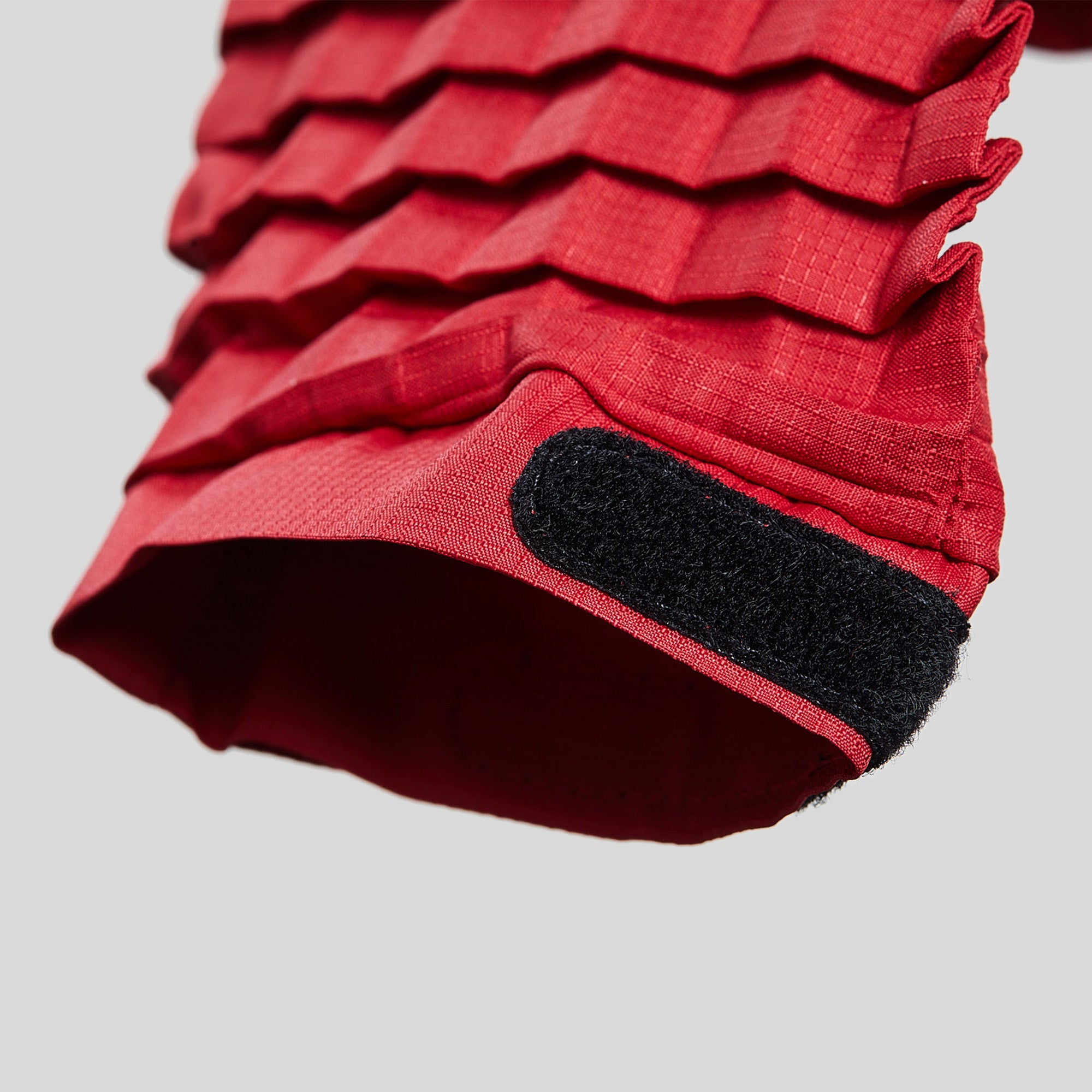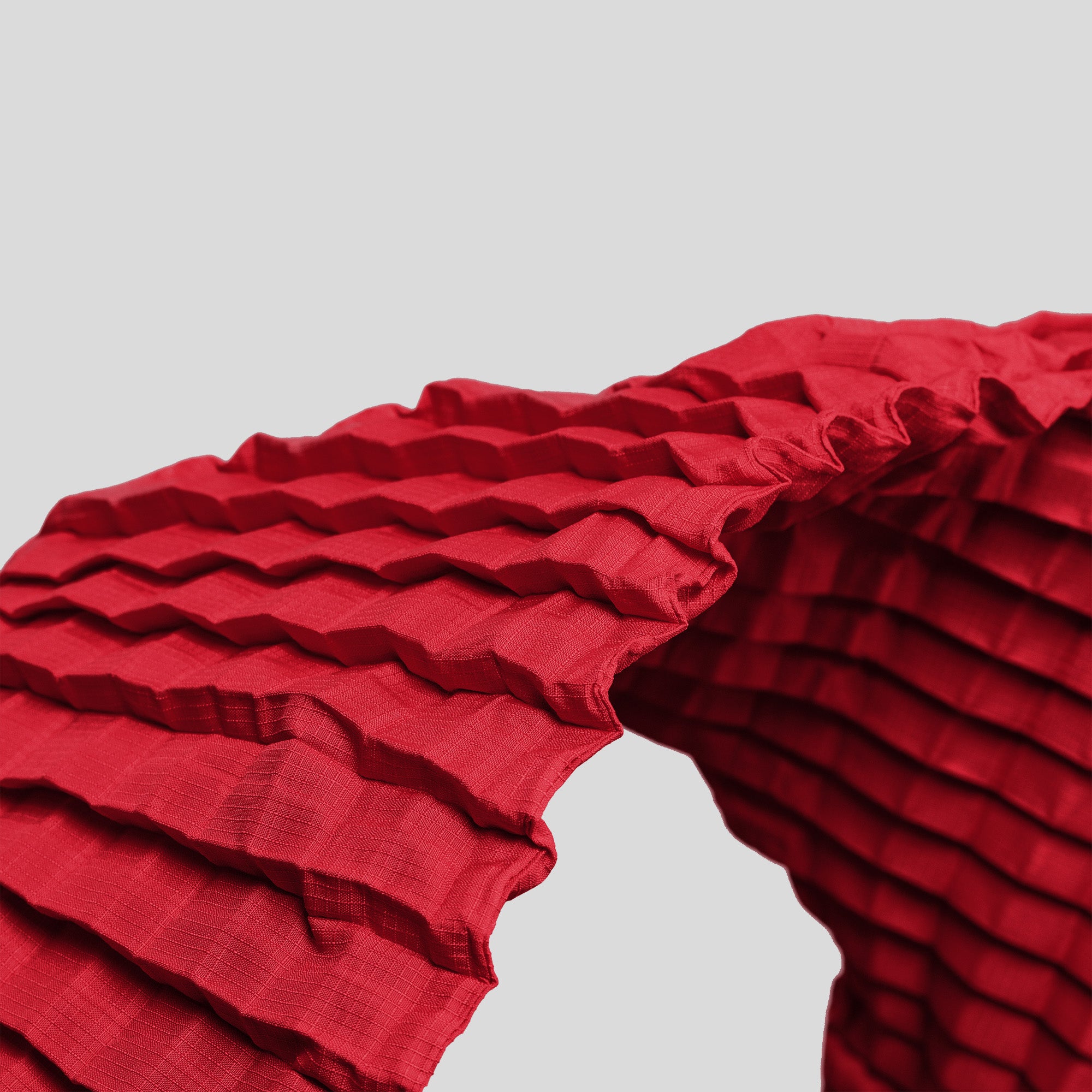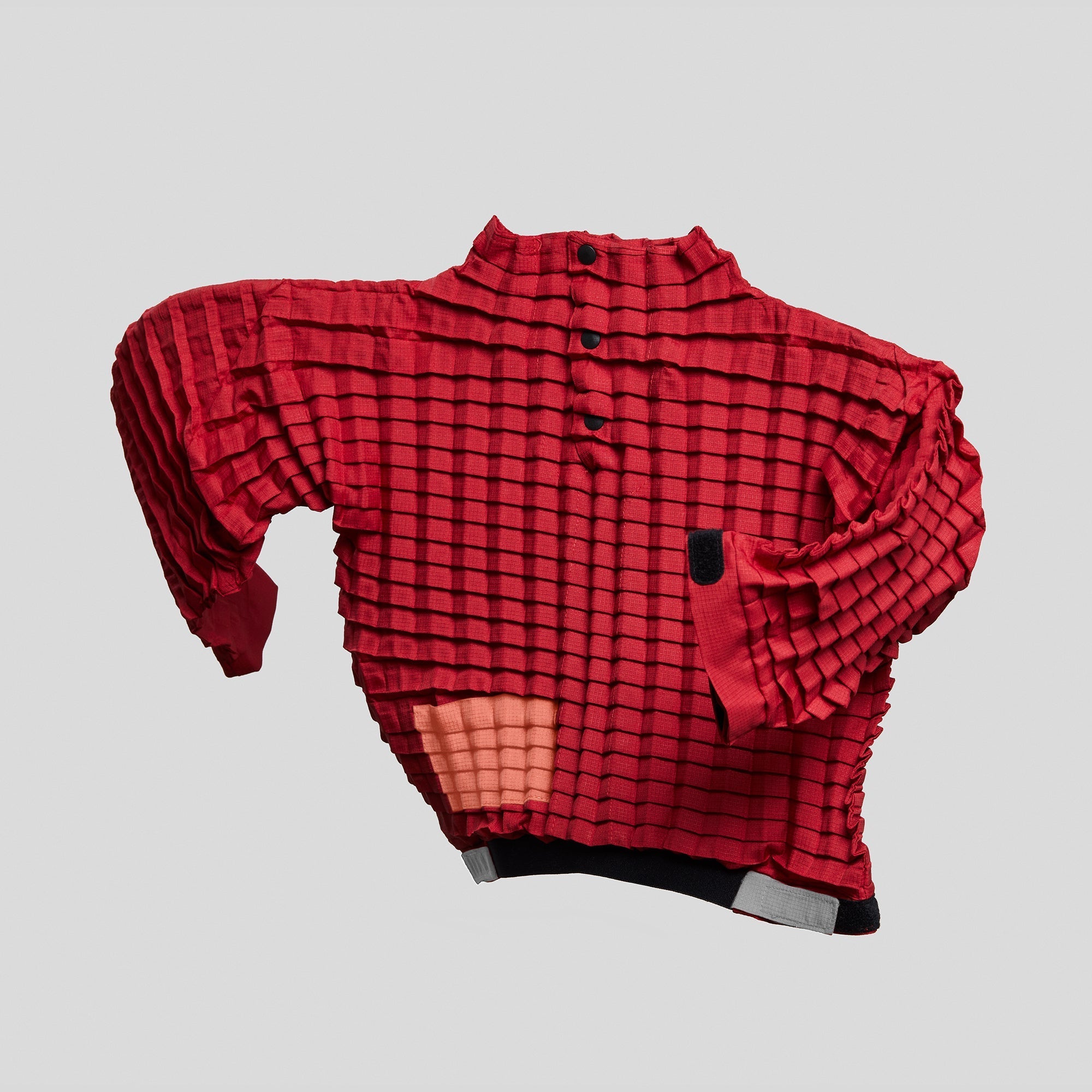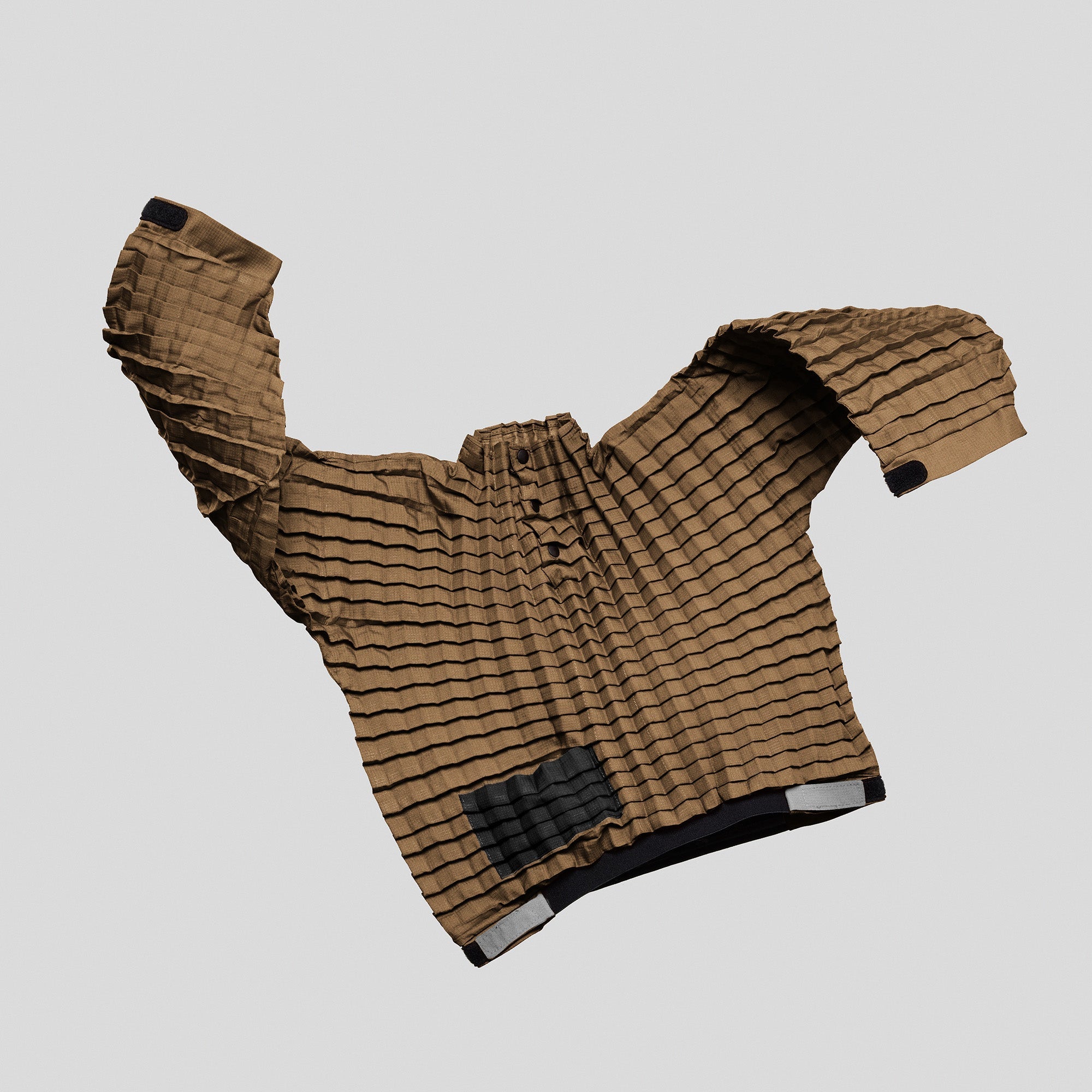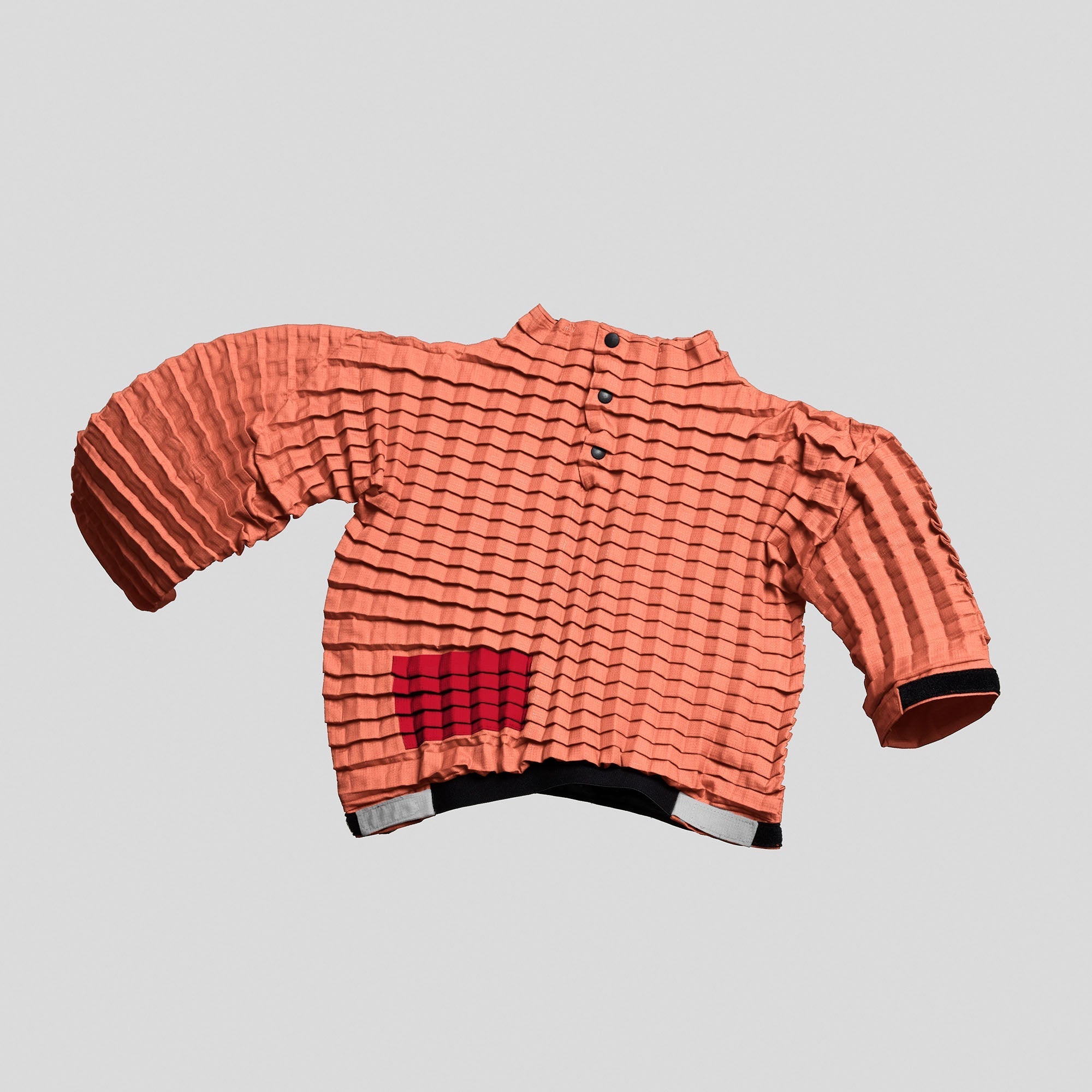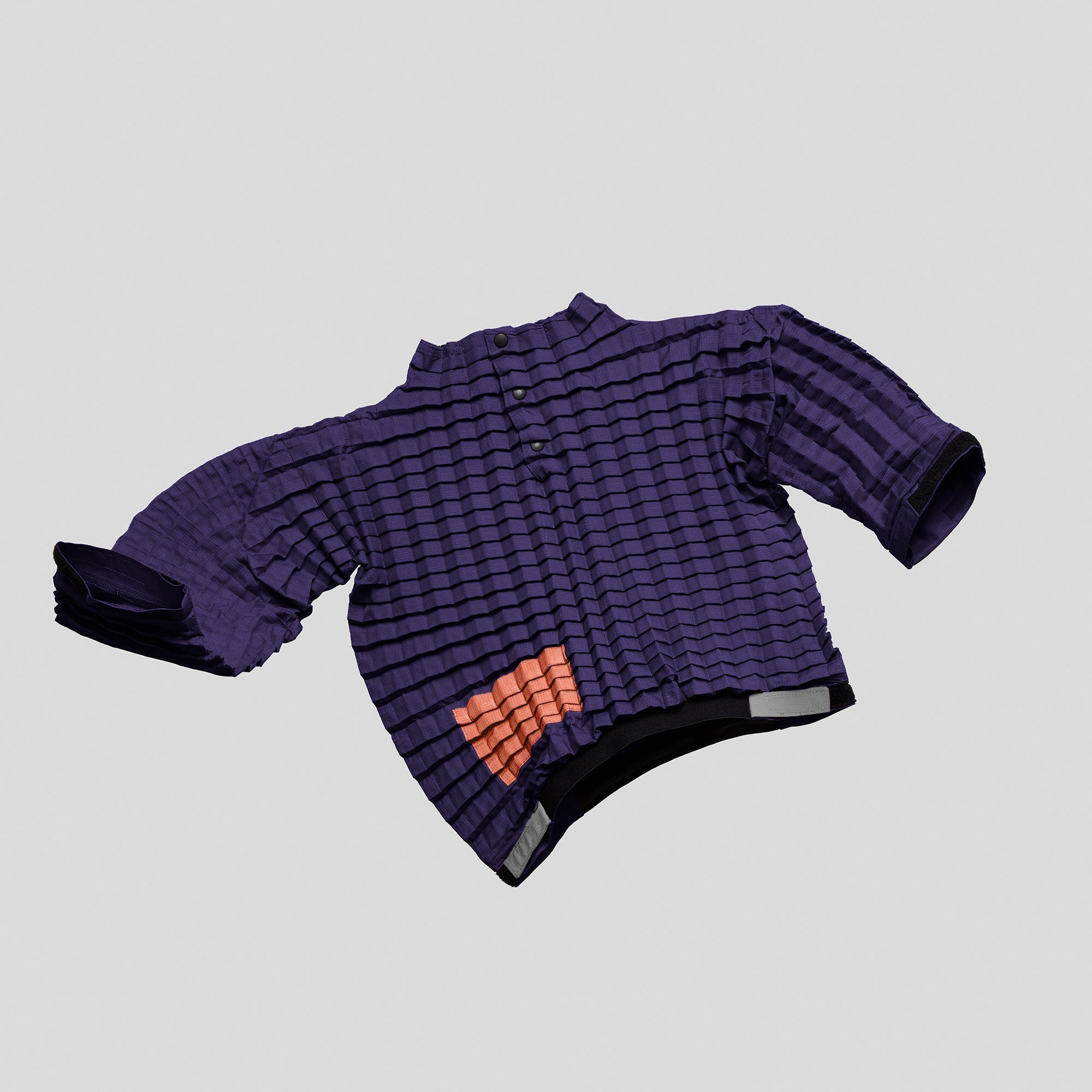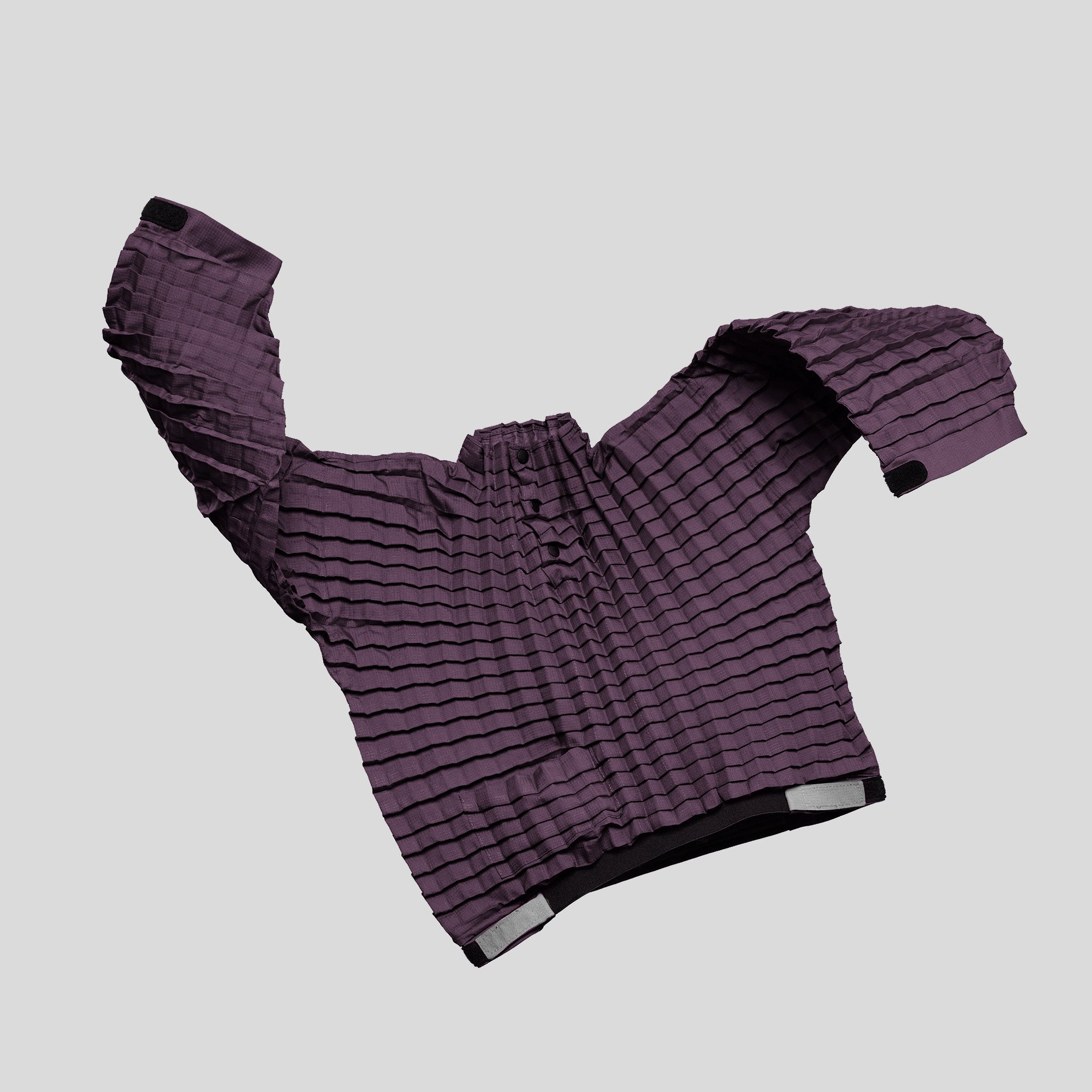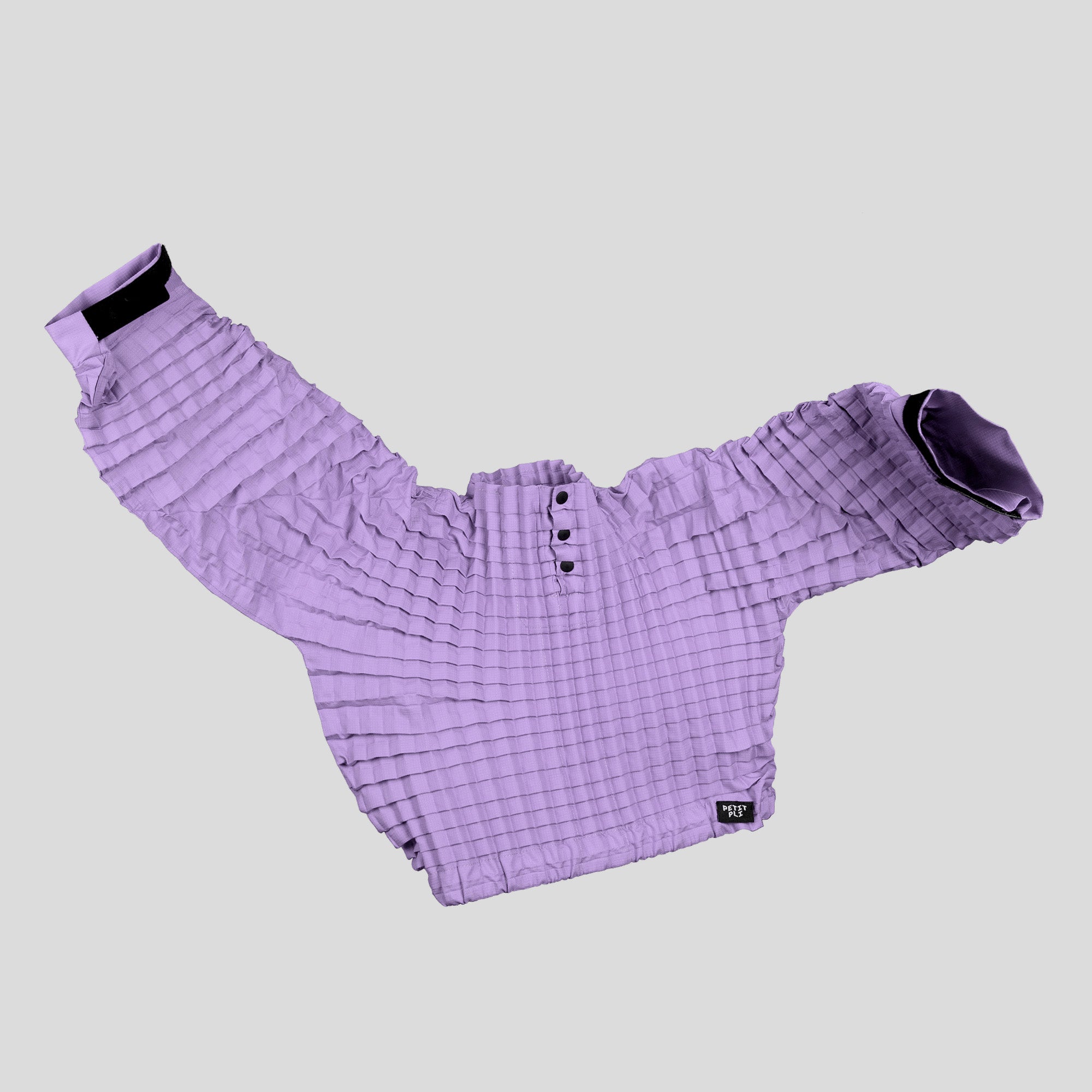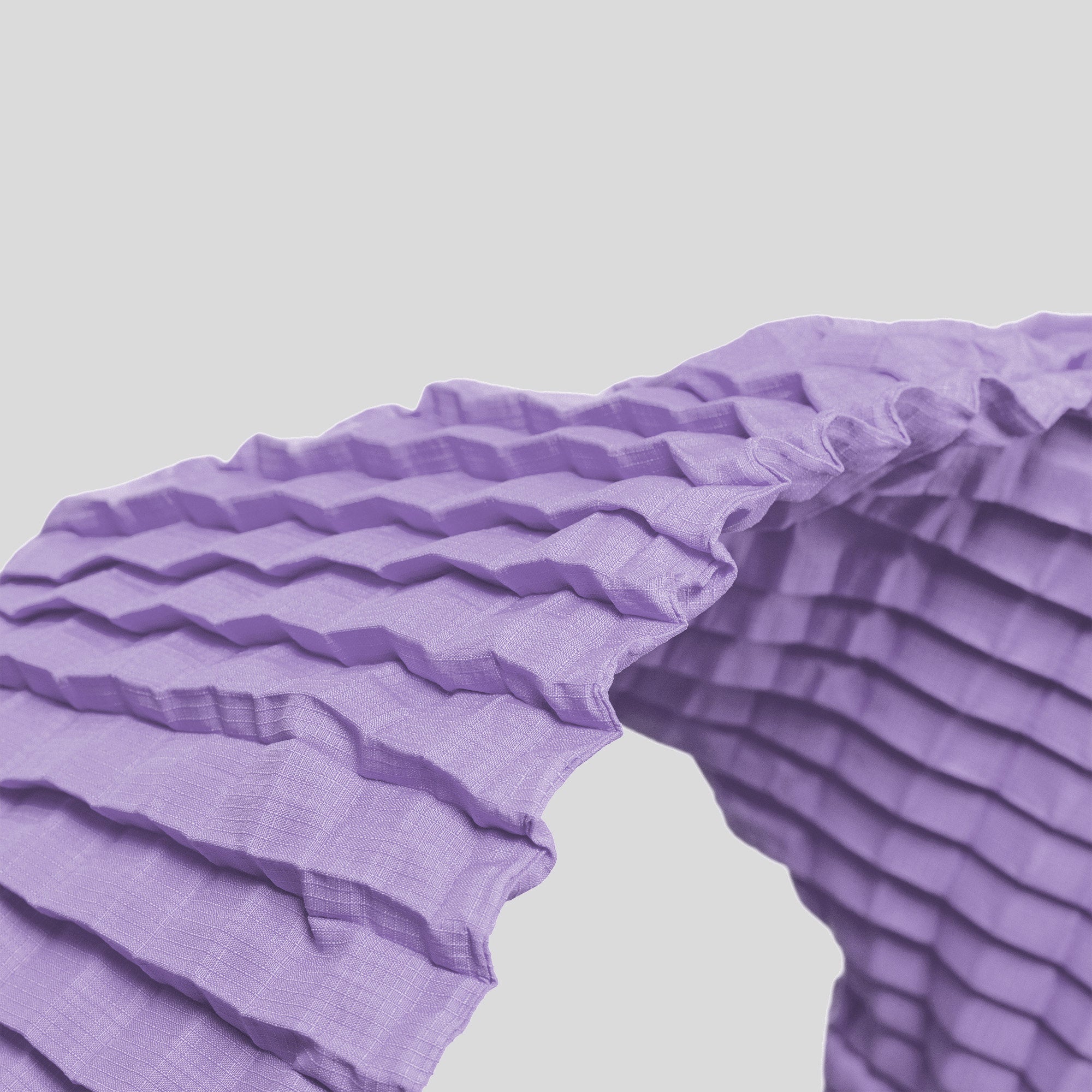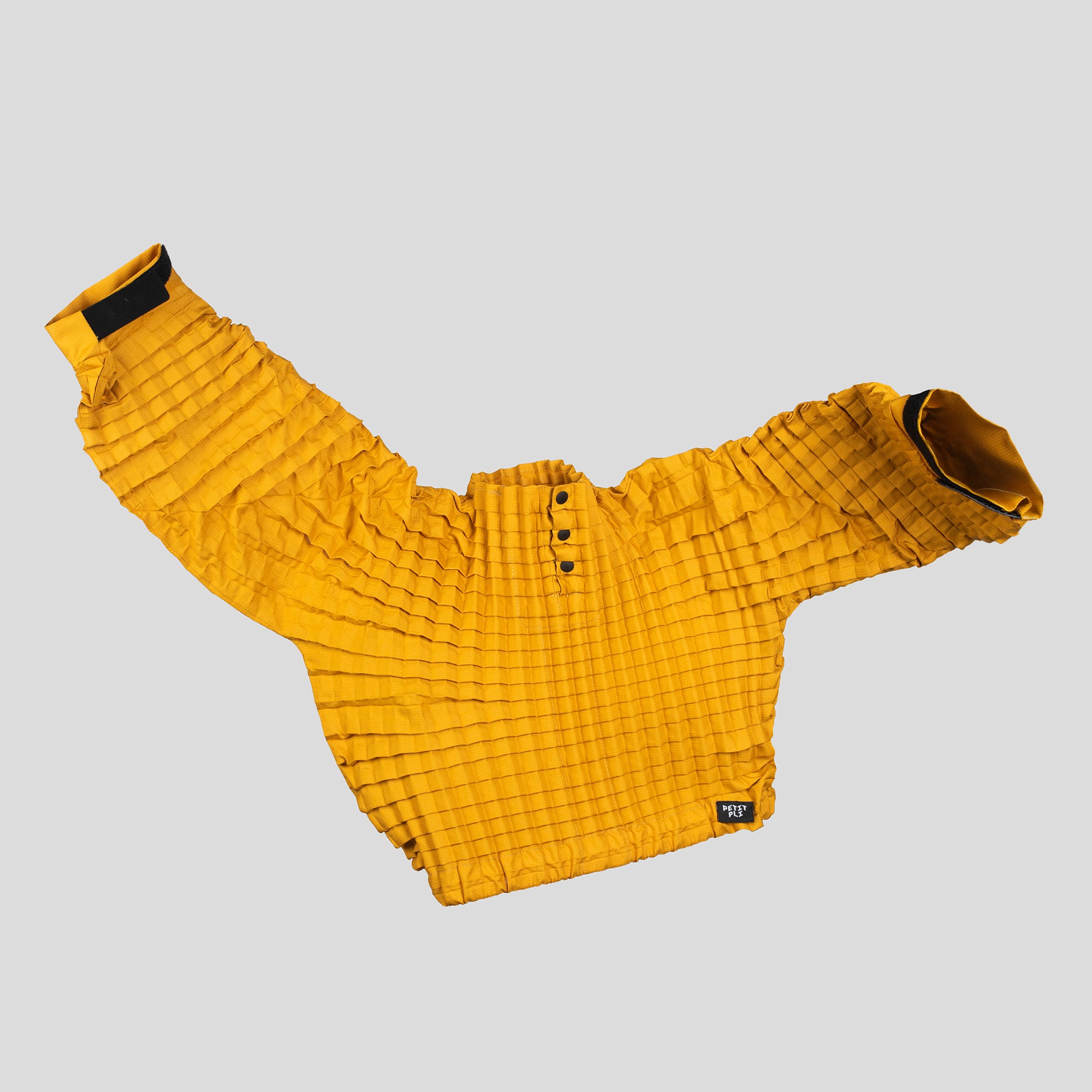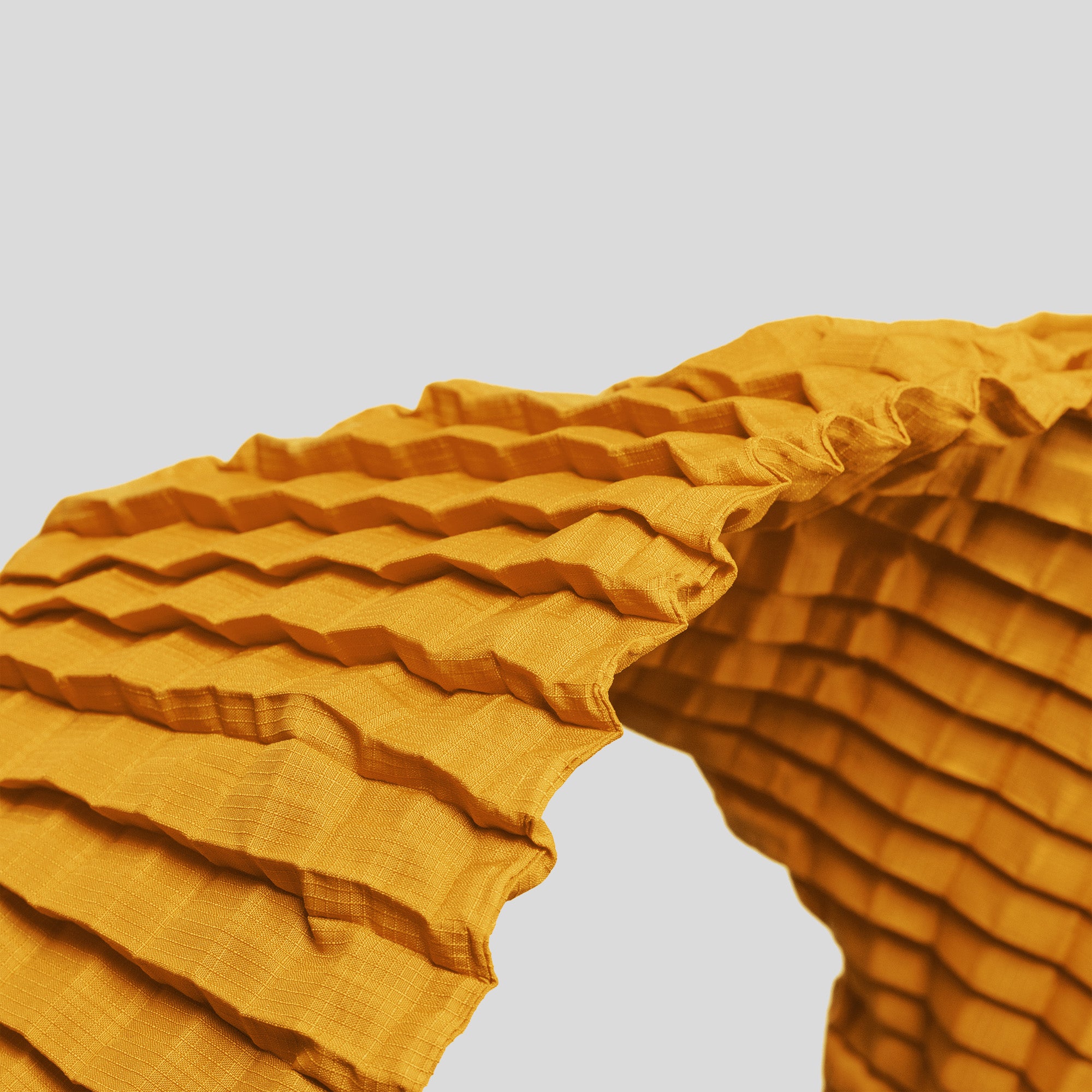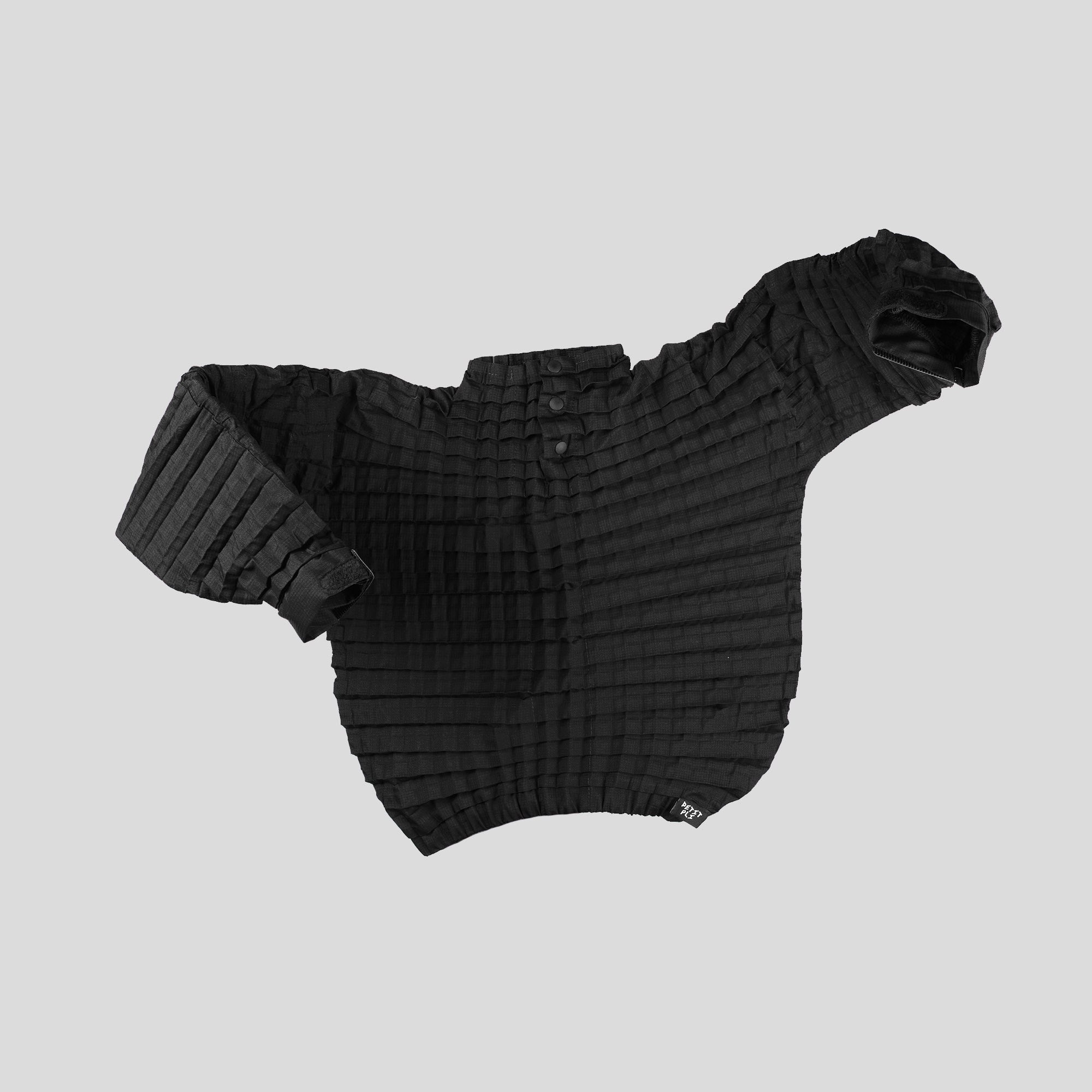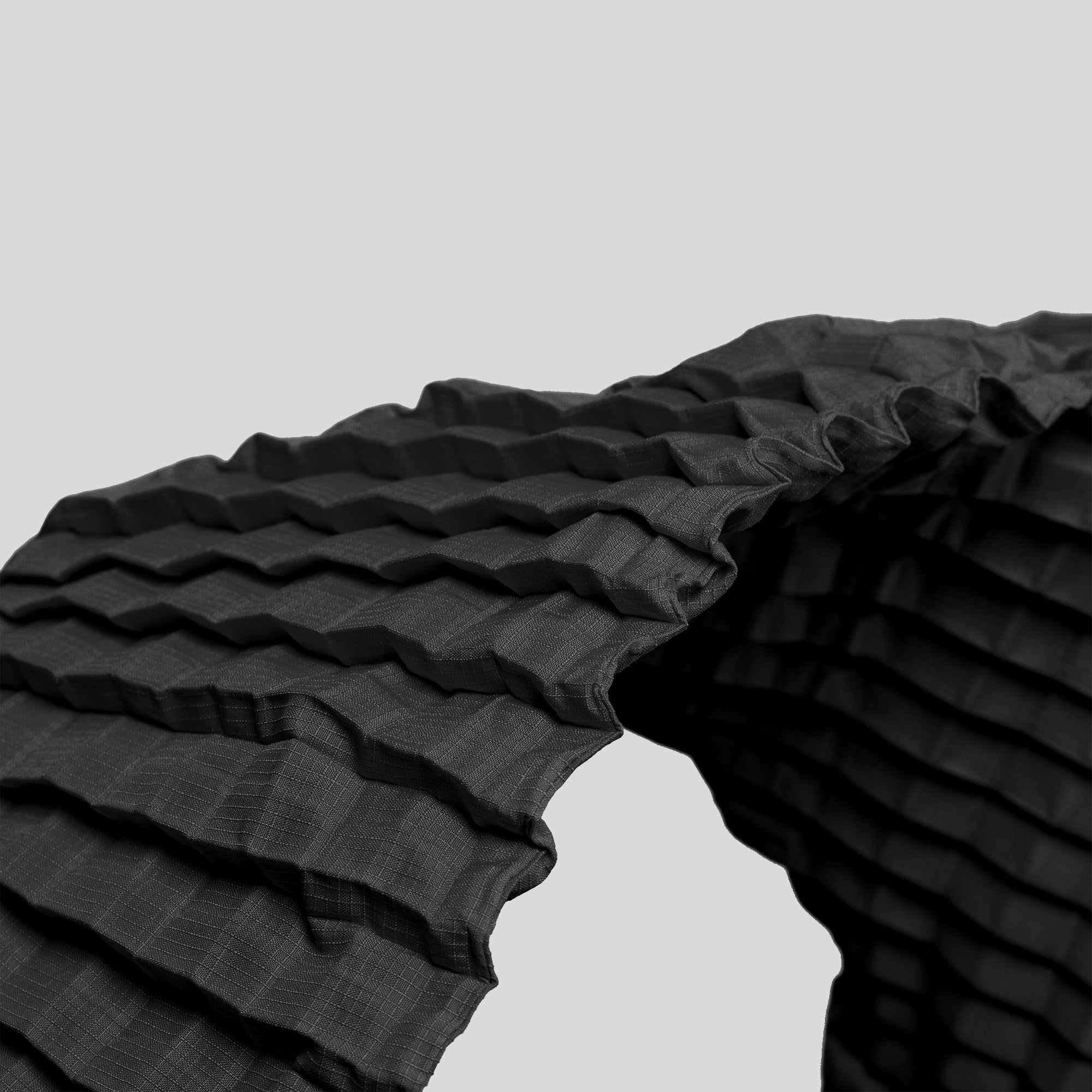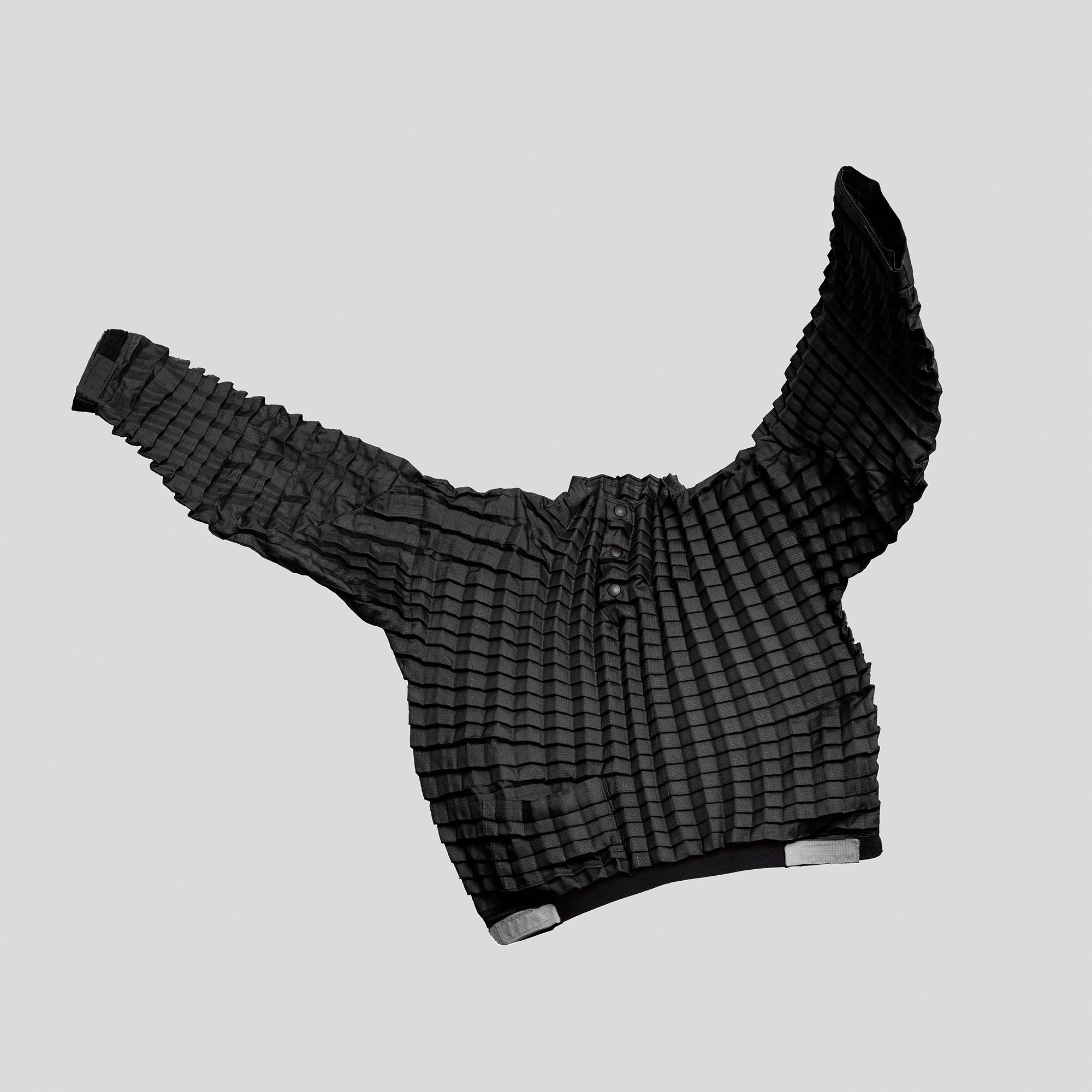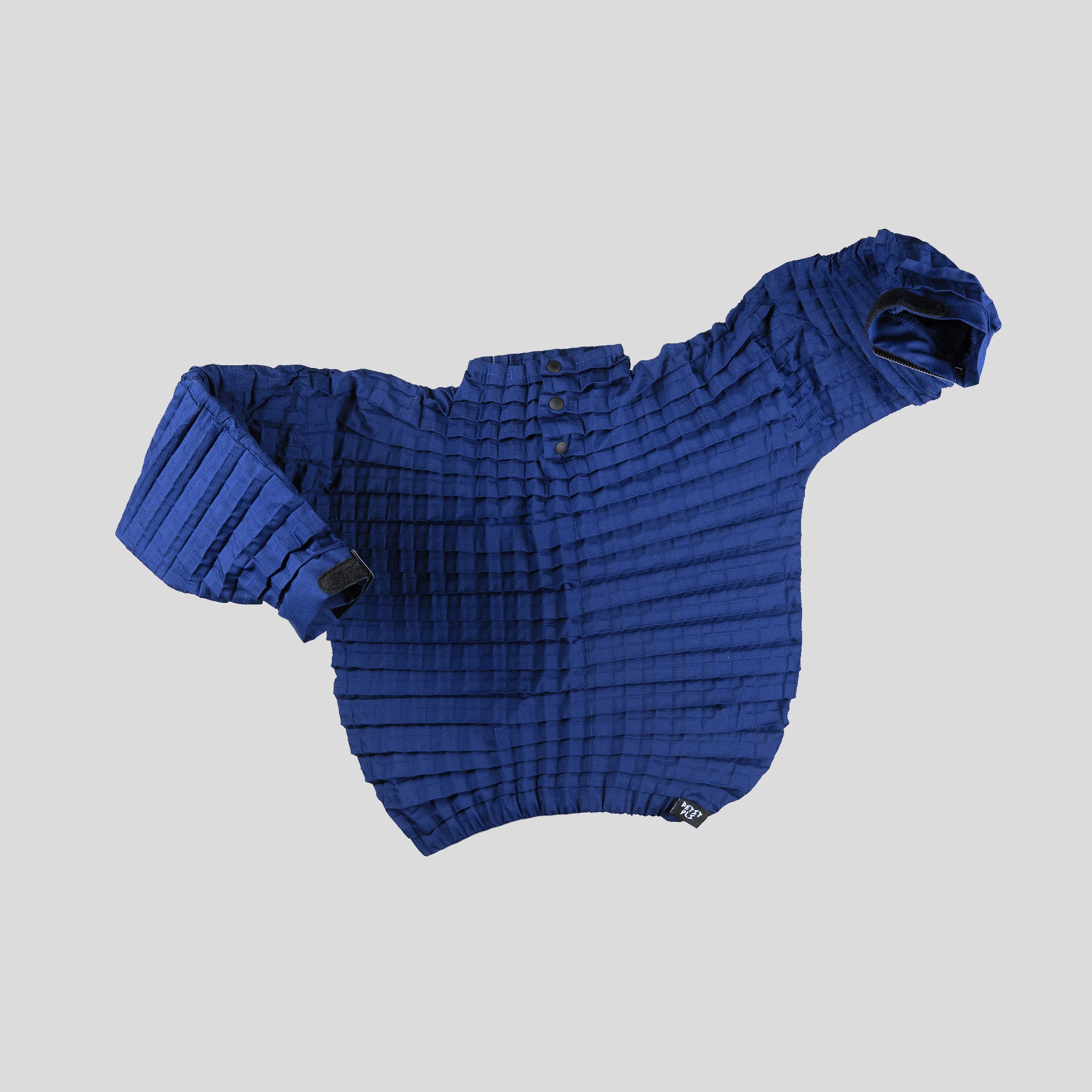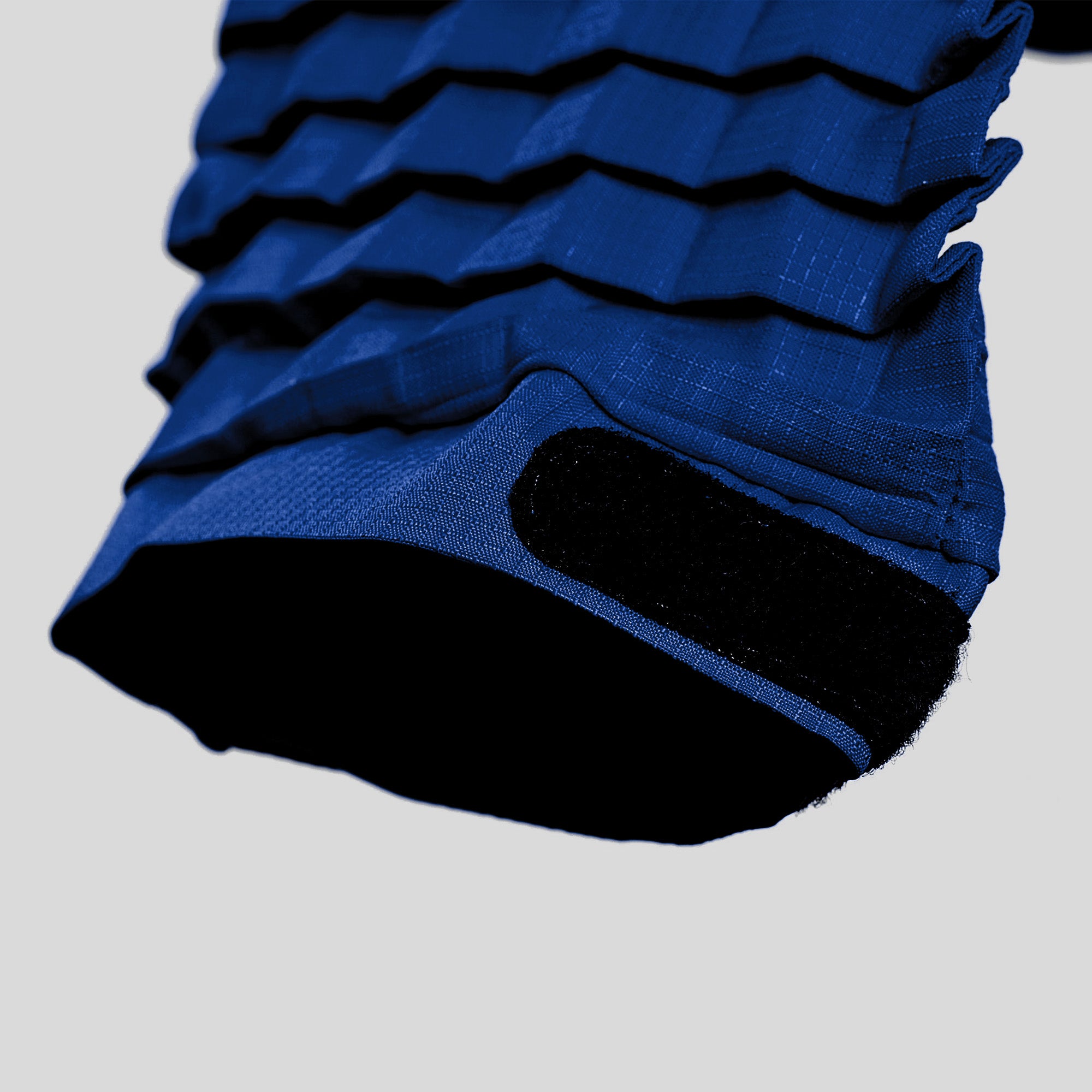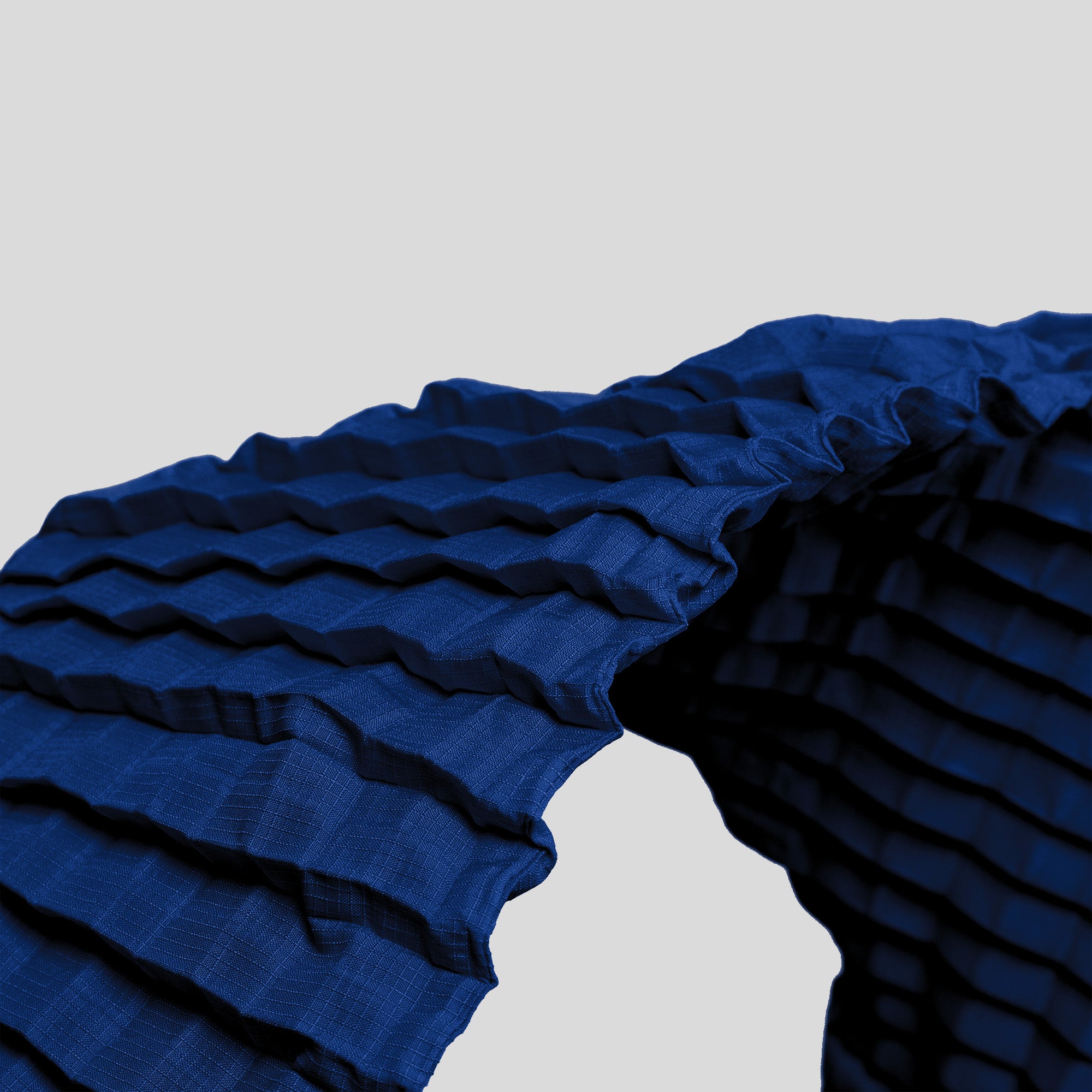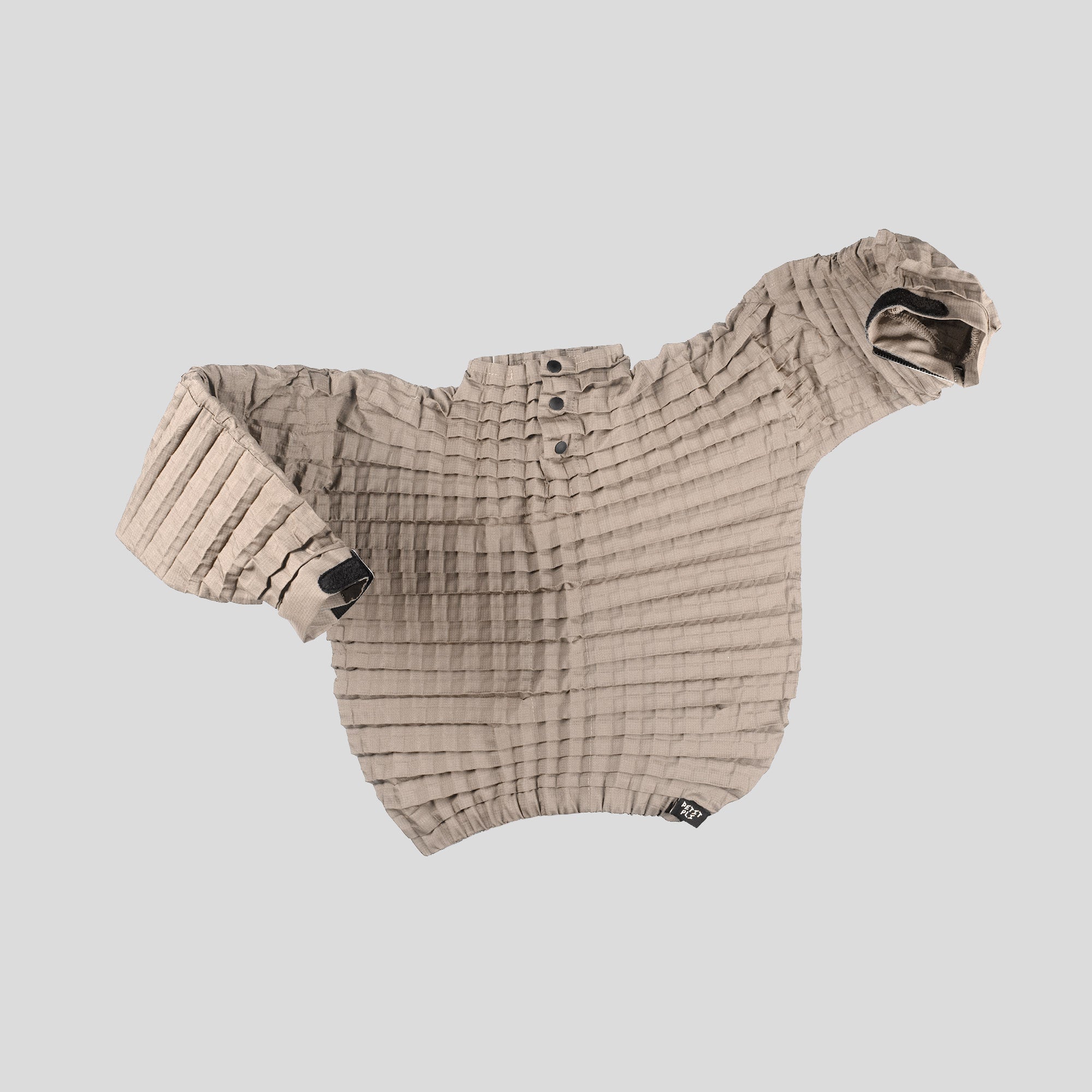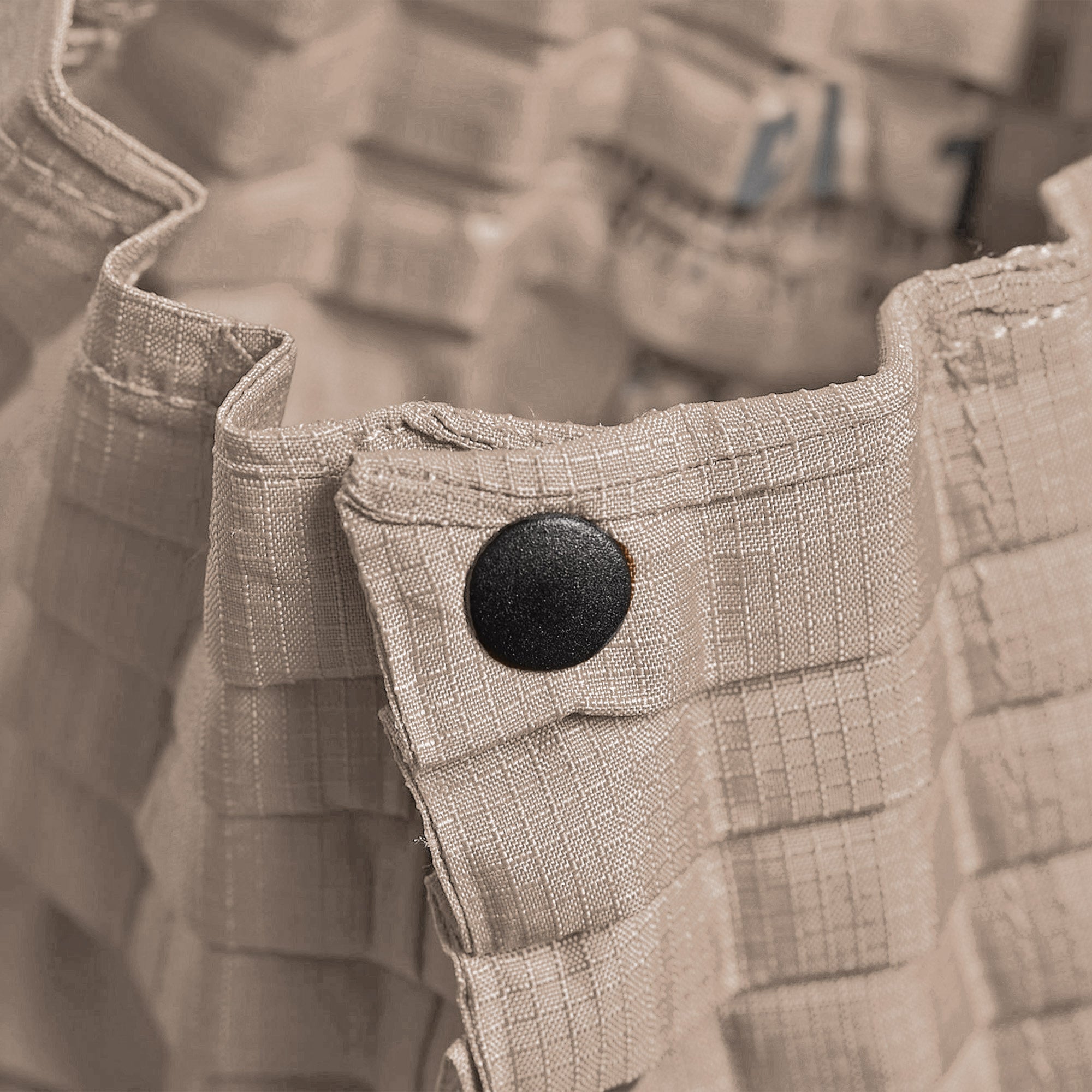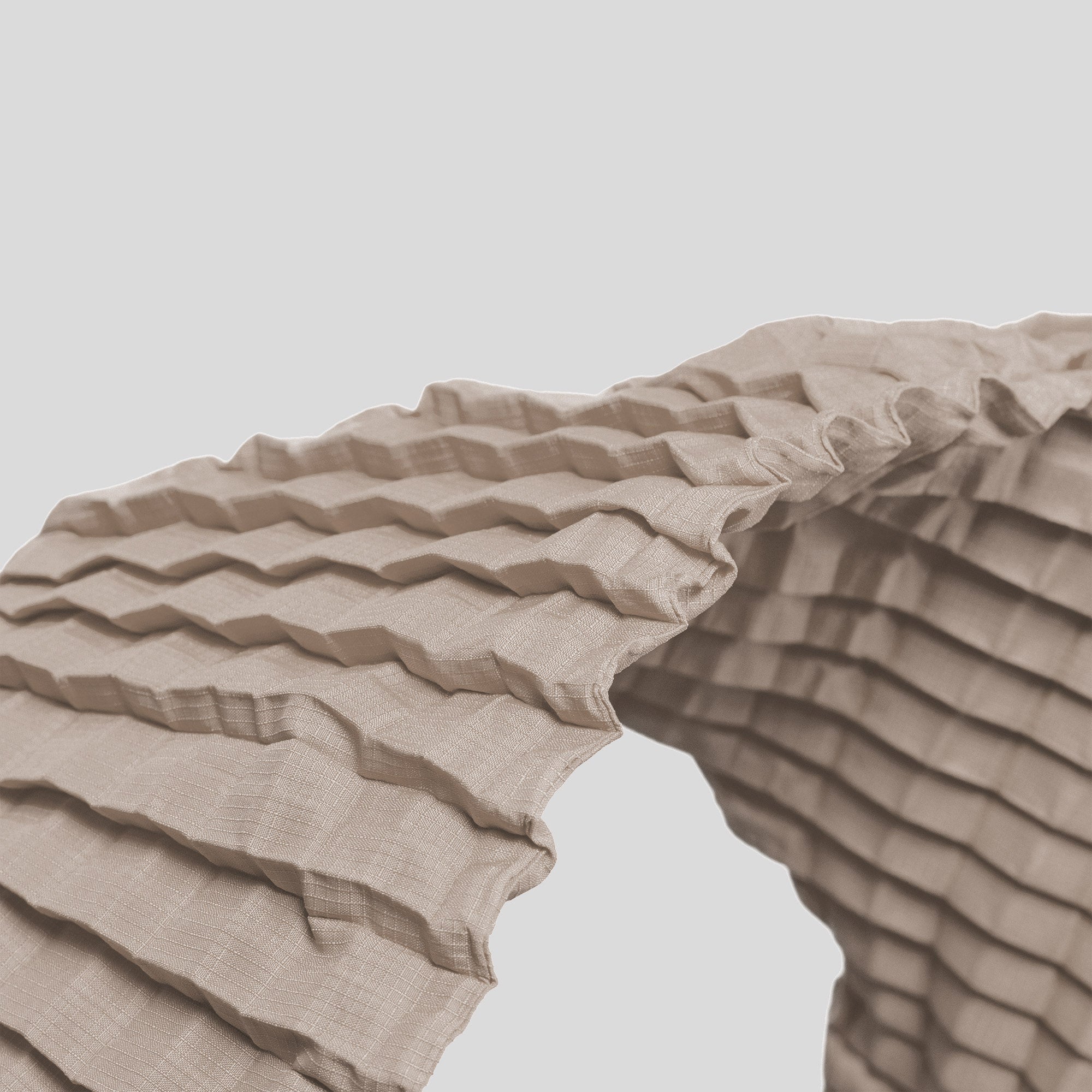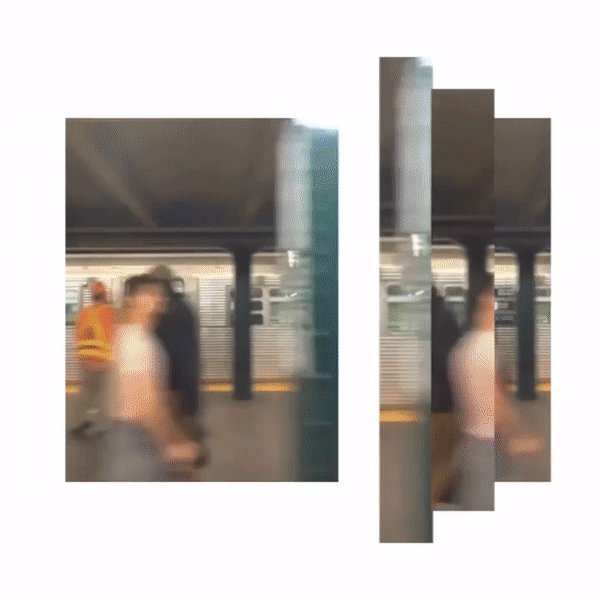
Plastic: Hero & Villain
What do Hannibal Lecter, Lex Luthor, Darth Vader and plastic share in common?
The answer is nestled in the title of this week’s blog - they are all modern-day villains!
However, plastic is the only villain in our riddle which isn’t a work of fiction.
The problems caused by plastic use and misuse are very real. But, like all beloved baddies of literature and film our nemesis called plastic isn’t wholly evil, just a little misunderstood!
Misunderstandings are often solved by taking a step back, plastic is no exception.
By stepping back into plastic’s past we learn that its first uses were wholly noble, even heroic.
In the1800s everything from combs, piano keys, false teeth, buttons, pens and billiard balls were made using ivory. Mass manufacture of ivory items in the 1800s was caused by a European frenzy for elephant tusk products; at the peak of the trade 800–1000 tonnes of elephant ivory left Africa for Europe.
The mass export of ivory destroyed elephant herds in central and eastern Africa and caused irrevocable damage to indigenous communities. Further, ivory products were expensive and inaccessible to many.
However, in 1862 a man named Alexander Parkes created “a substance hard as horn, but as flexible as leather, capable of being cast or stamped, painted, dyed or carved”.
The material — Parkesine, the first man-made plastic and ideal ivory substitute.
Parkesine had little commercial success but its creation opened the doors for John Wesley Hyatt to invent a plastic called Celluloid.
Celluloid could mimic ivory, imitate the veining of marble and the translucency of semi-precious gems. But more importantly, unlike Parkesine it could be made en masse.
Celluloid outperformed its natural competitors in strength, pliability and production efficiency. But the pros of celluloid extend beyond the physical, its invention democratised luxury goods. Pianos, jewellery and teeth became accessible to the many instead of the few, resulting in society moulding itself ‘fantastically’ anew.
By creating materials that transcend nature the ‘Plastic Age’ transformed reality.
We live faster, longer and safer lives because of the material. Planes, trains and cars are safer, lighter, more powerful and more fuel efficient. Medical equipment is cheaper and easier to maintain. Home appliances are safe to handle — even with wet hands! And man-made plastics have opened up the doors for computers to compliment our lifestyle.
Though plastic has made our lives more convenient its misuse and rampant disposal inconveniences nature.
Plastic’s presence in our rivers and seas is looting our oceans of its marine life and robbing our Earth of its health. Every year marine environments are greeted with 8 -12 million tonnes of plastics and if current plastic disposal rates are sustained, by 2025 our oceans are expected to contain 1 tonne of plastic for every 3 tonnes of fish.
Fortunately, the villainous acts of plastic are human-made, meaning they can be human-fixed!
To ensure plastic remains above sea-level, together we must adapt the entire plastics value chain.
Our plastic bags, boxes and cutlery are valuable resources that should remain on-land and in use. To ensure our plastic products remain on land and in use policy makers can create regulations which encourage sustainable consumption and reuse of plastics, designers can reframe how we value plastics by repurposing plastic waste into pencils, jumpers and furniture, and engineers can create new materials from recycled plastic stocks. However, the efforts of designers, engineers and policymakers will be moot if human behaviours aren’t refashioned in time.
For this reason, Petit Pli has been designed with slow consumption in mind.
By our clothes being able to grow, not only do they extend the use-life of plastics, they act on a psychological level — instilling sustainable behaviours in the next generation.
Along with inspiring the next generation to consume sustainably Petit Pli’s designs reframe the value of plastic and make recycling a doddle; all our suits consist of a monofibre construction — making them significantly easier to recycle than blended fibres!
Petit Pli hopes that in the future more designers will embrace circular design principles and humanity’s behaviour shifts to support sustainable object production and use.
